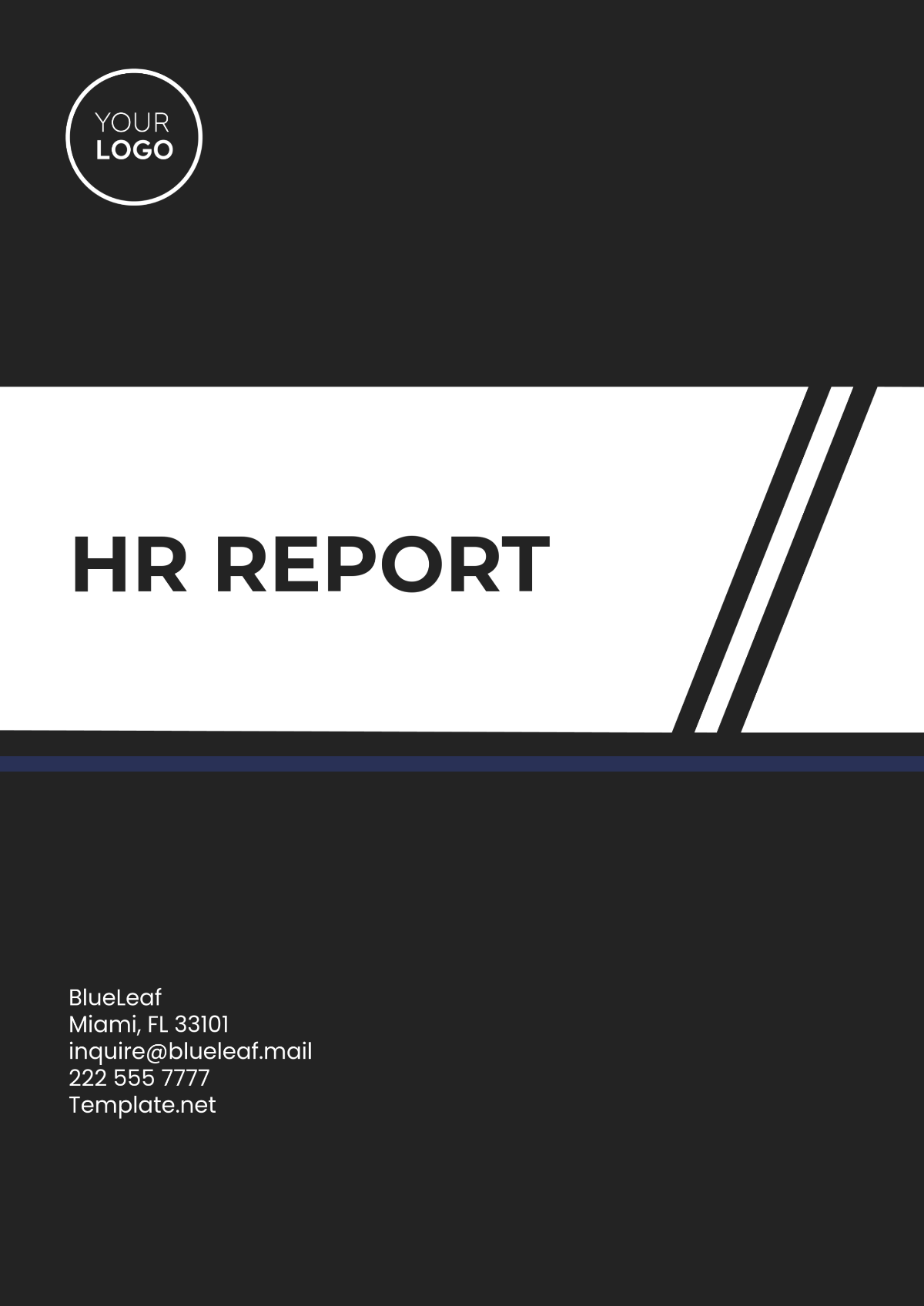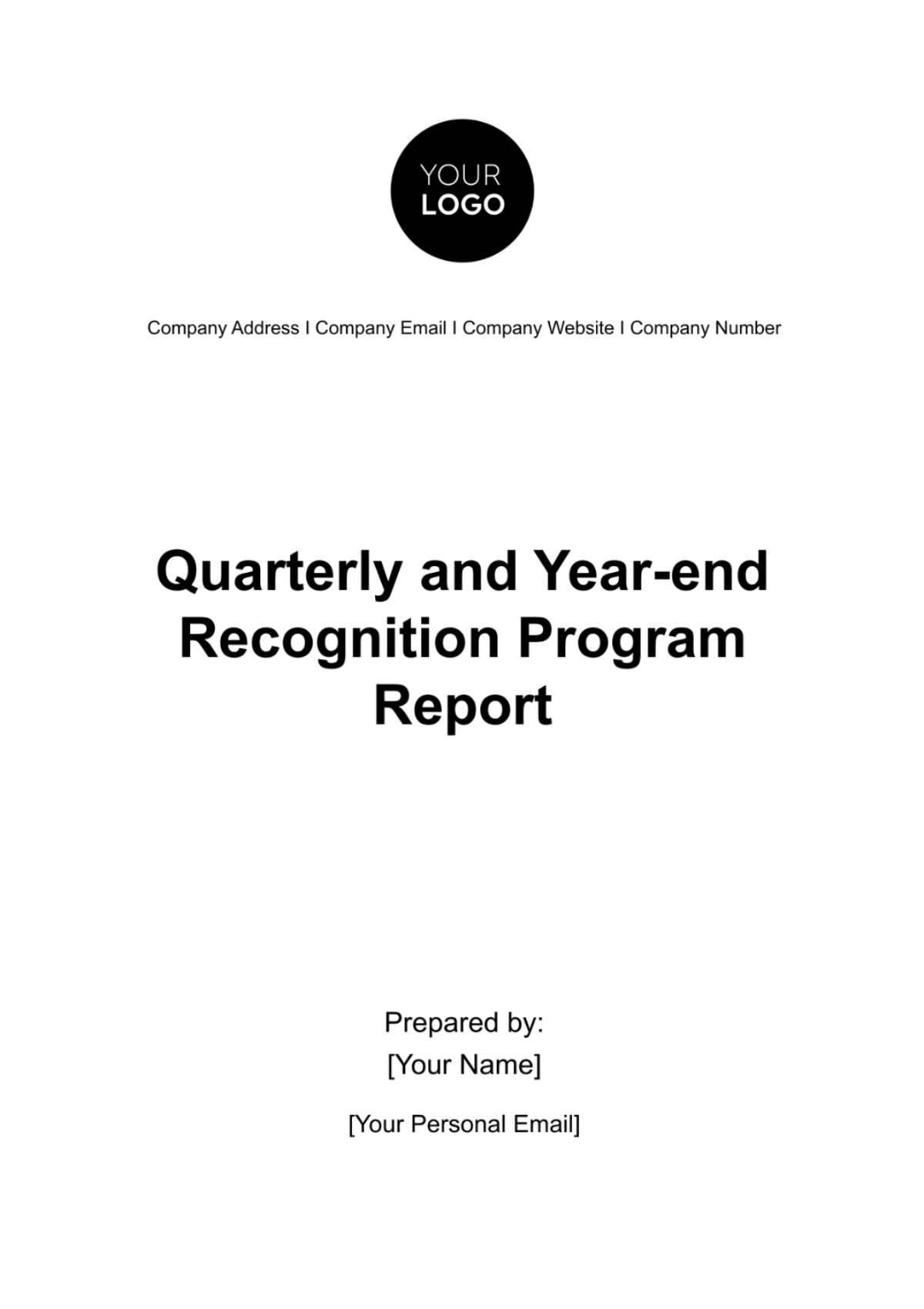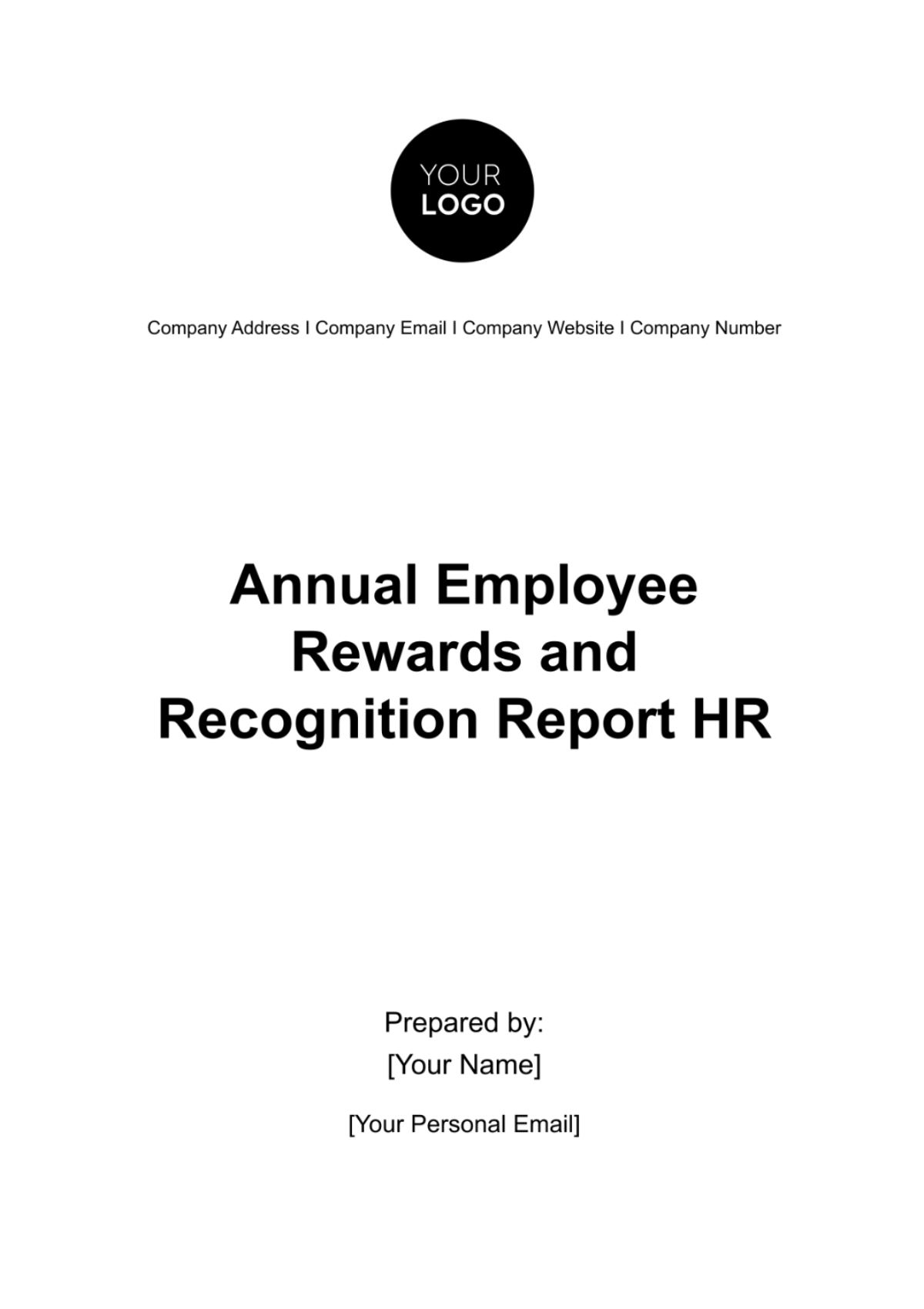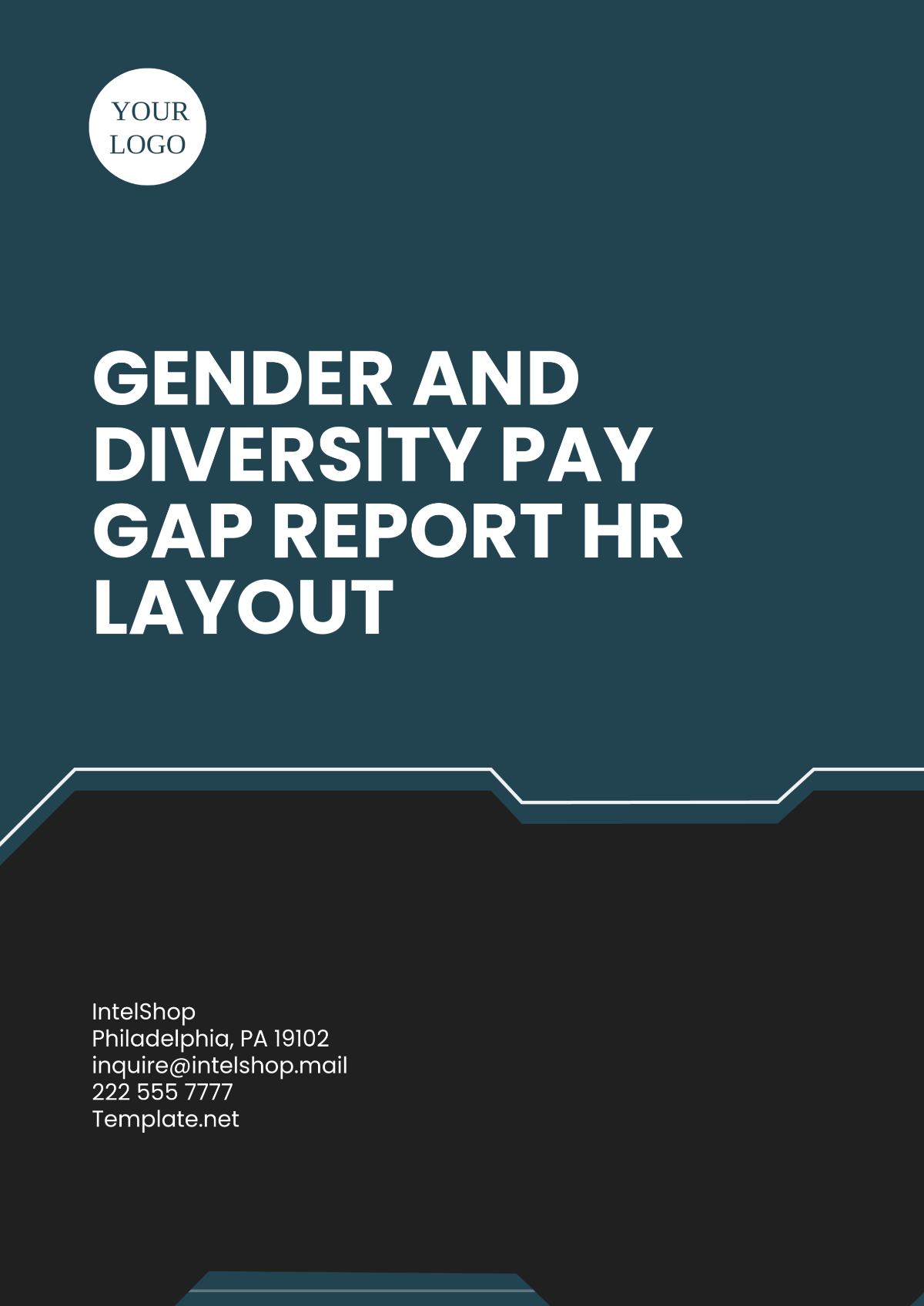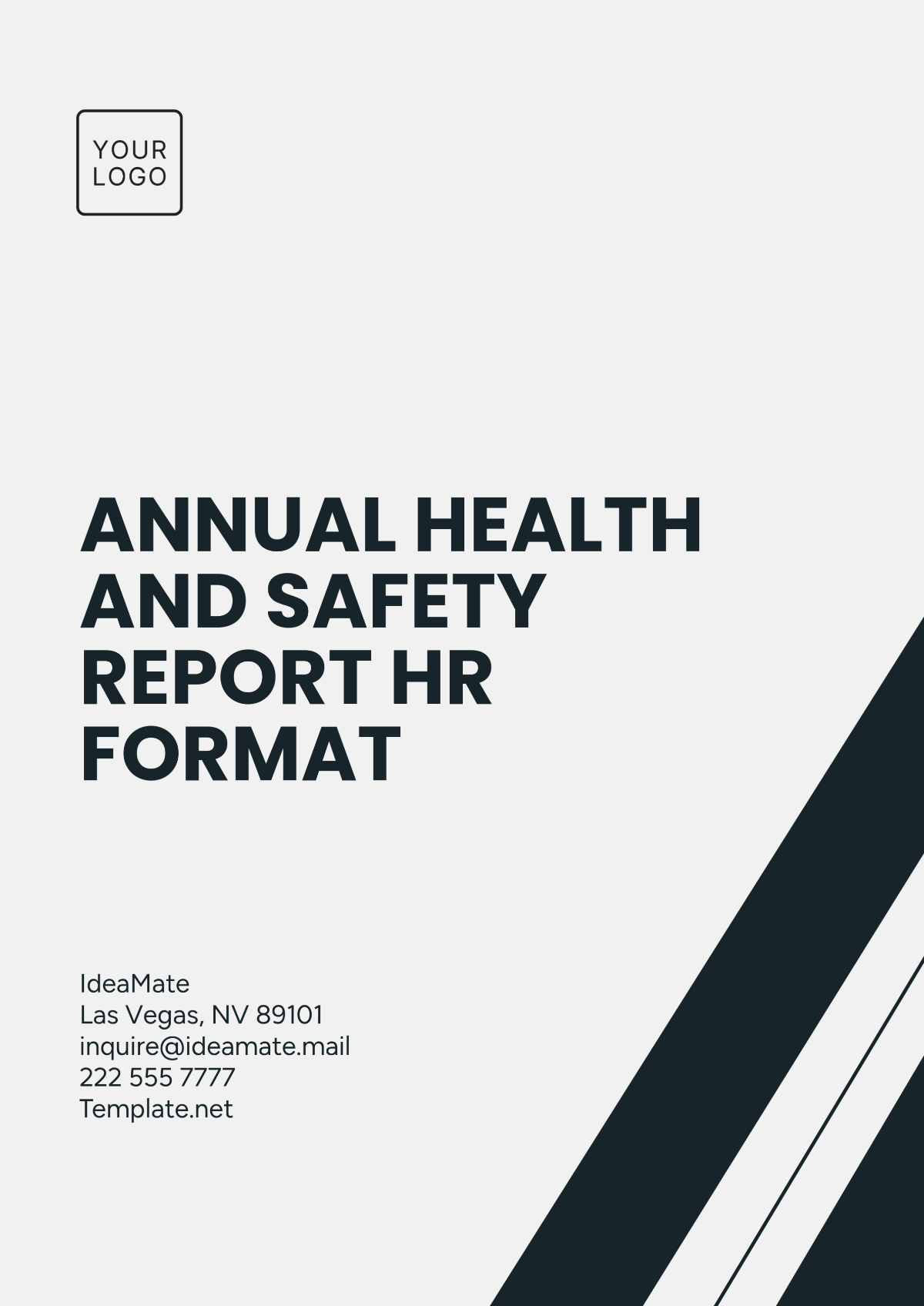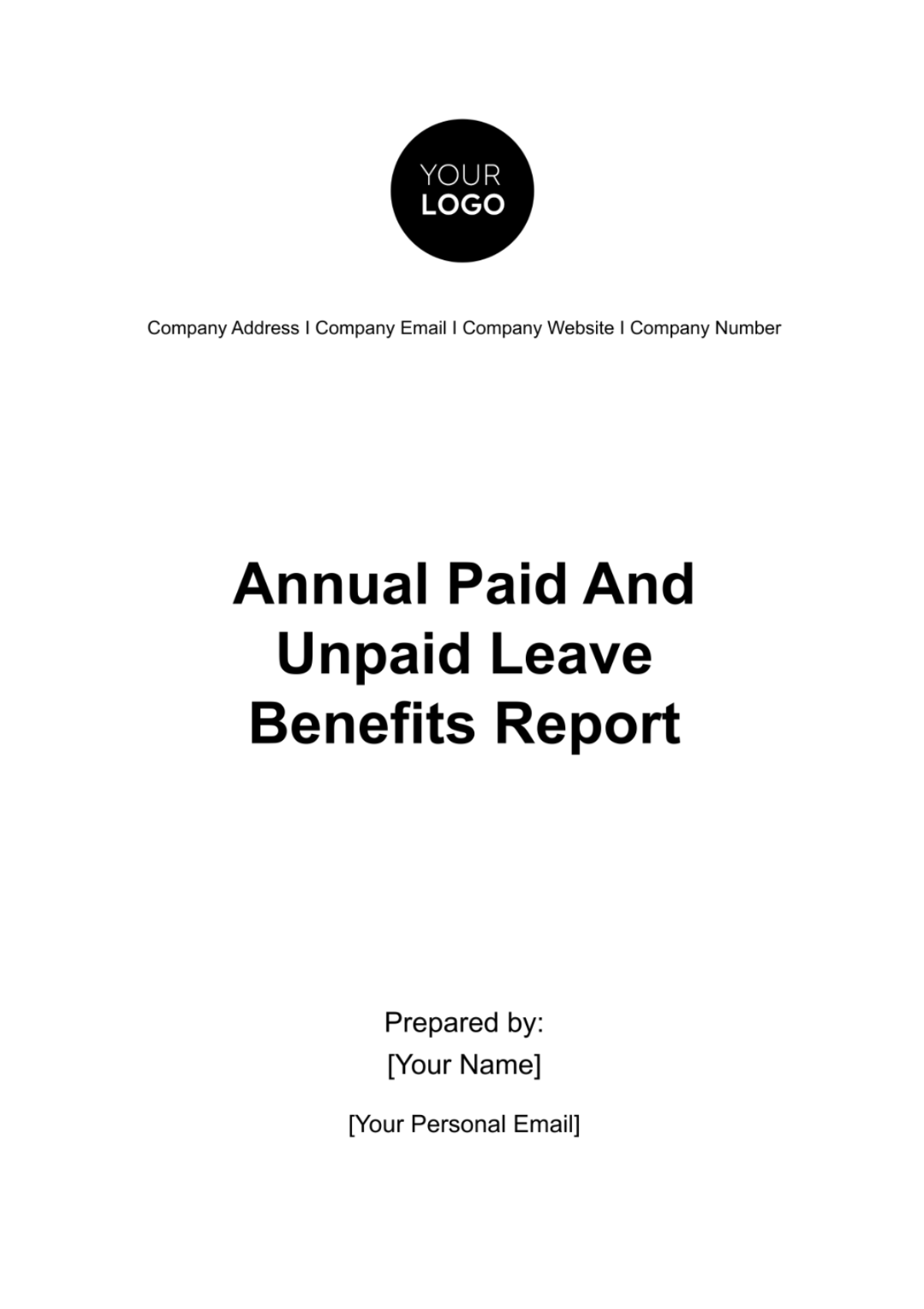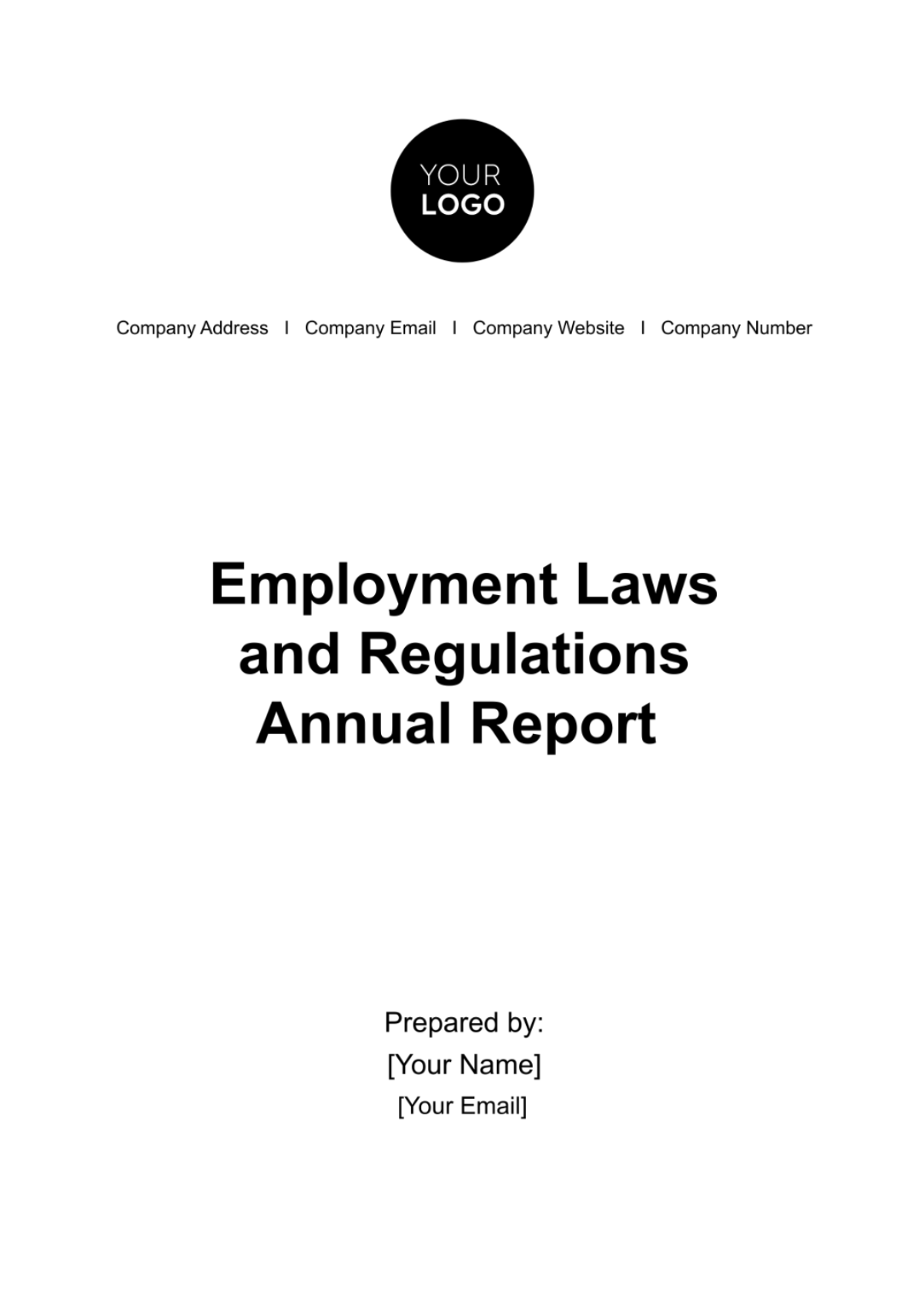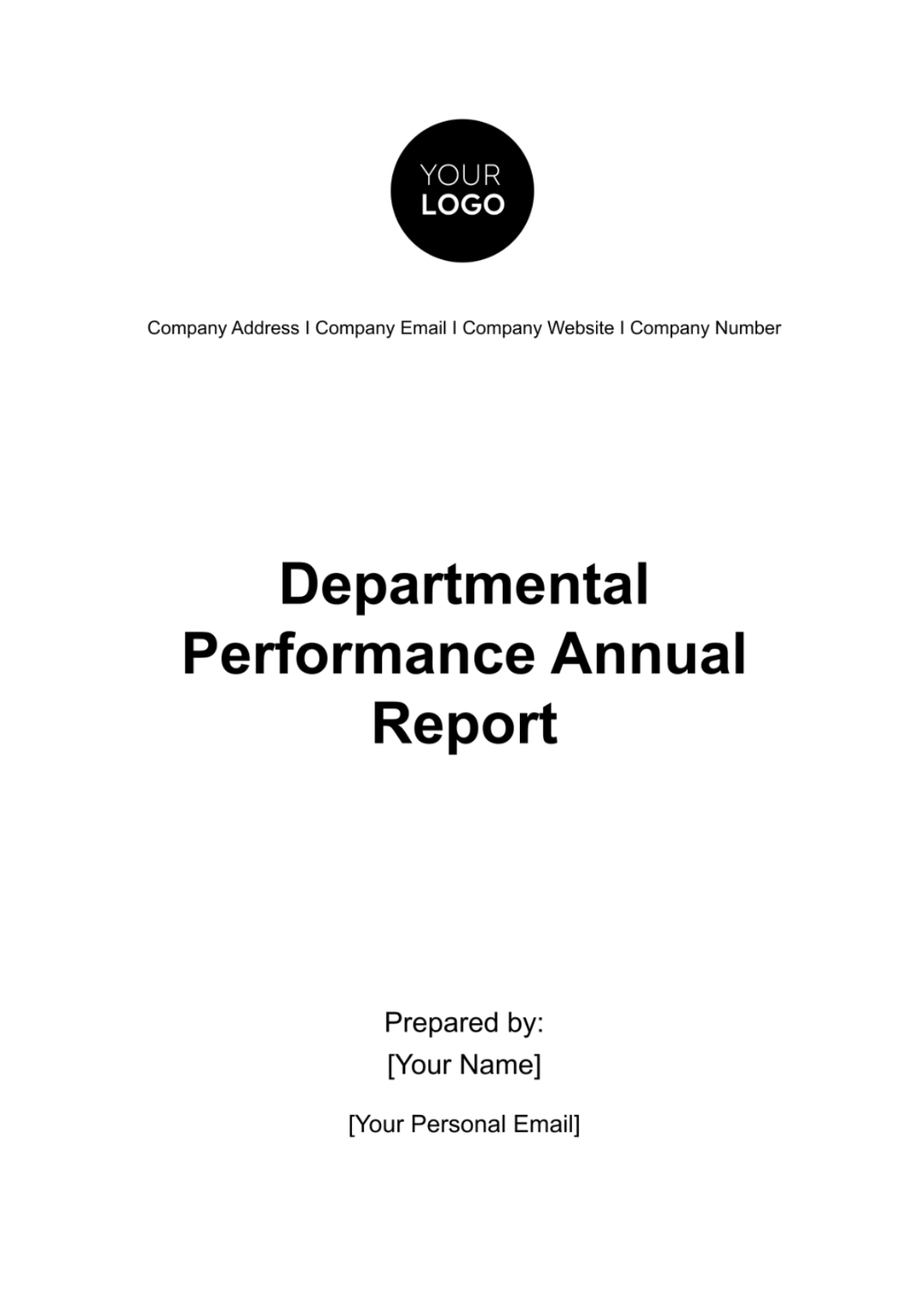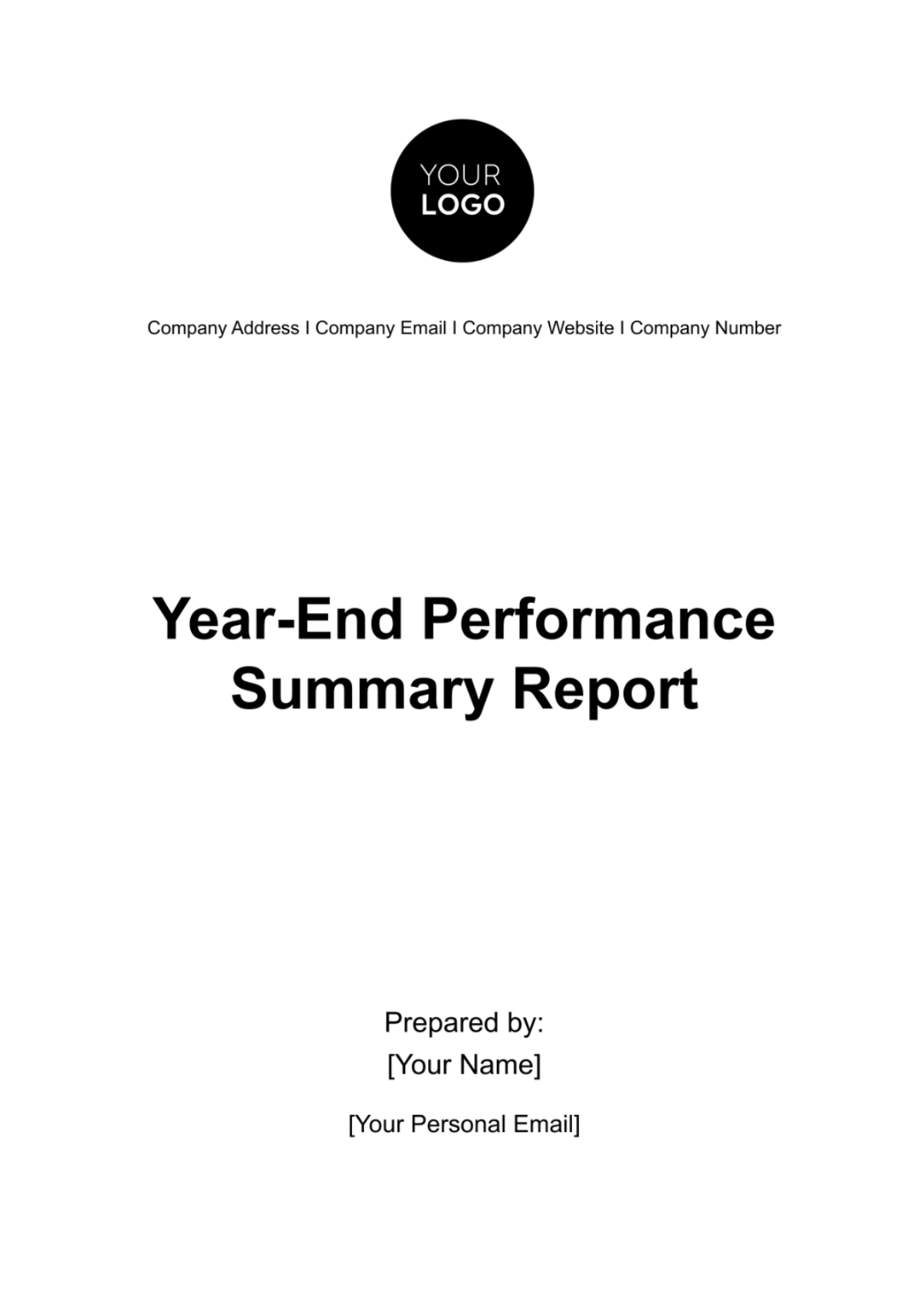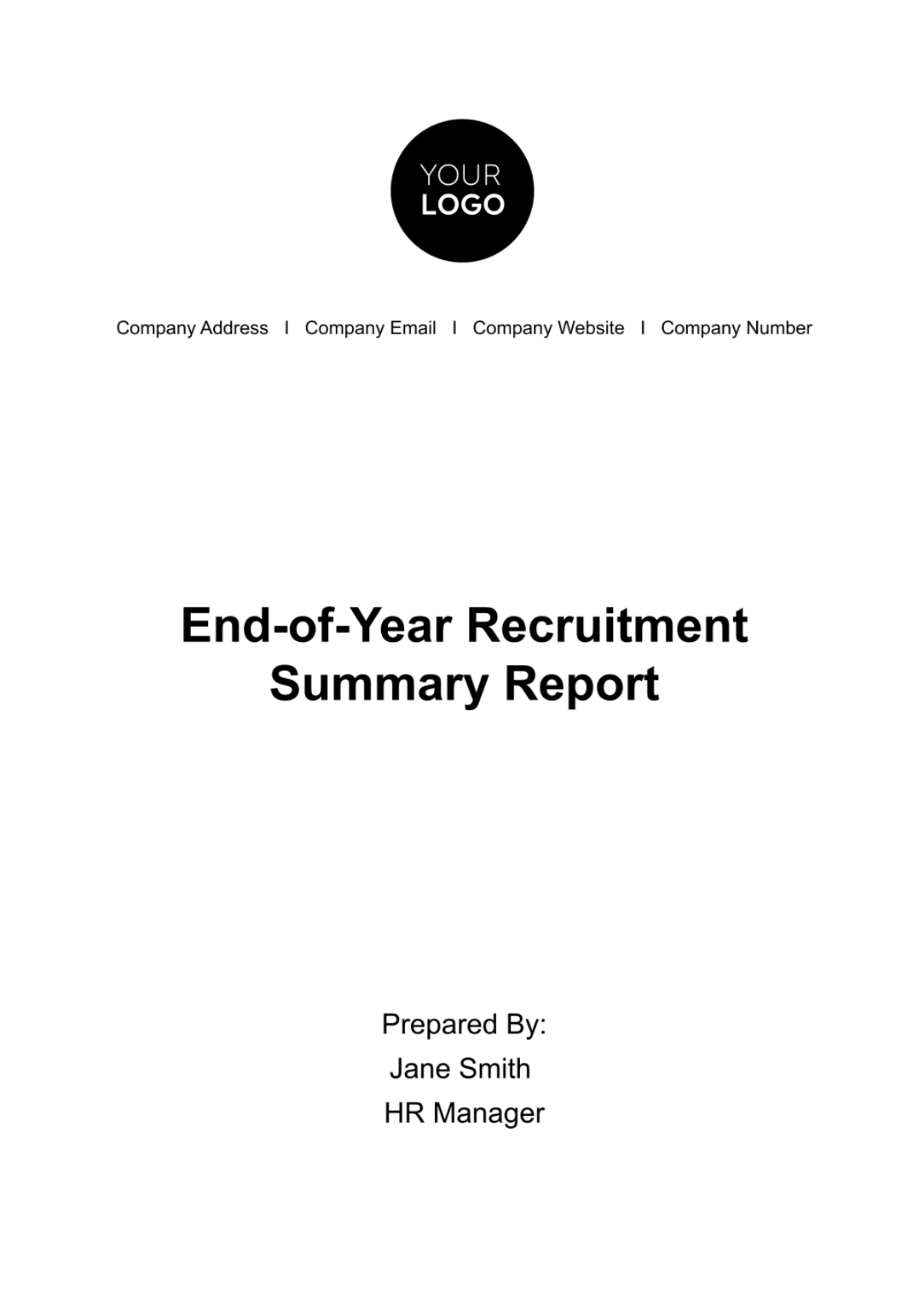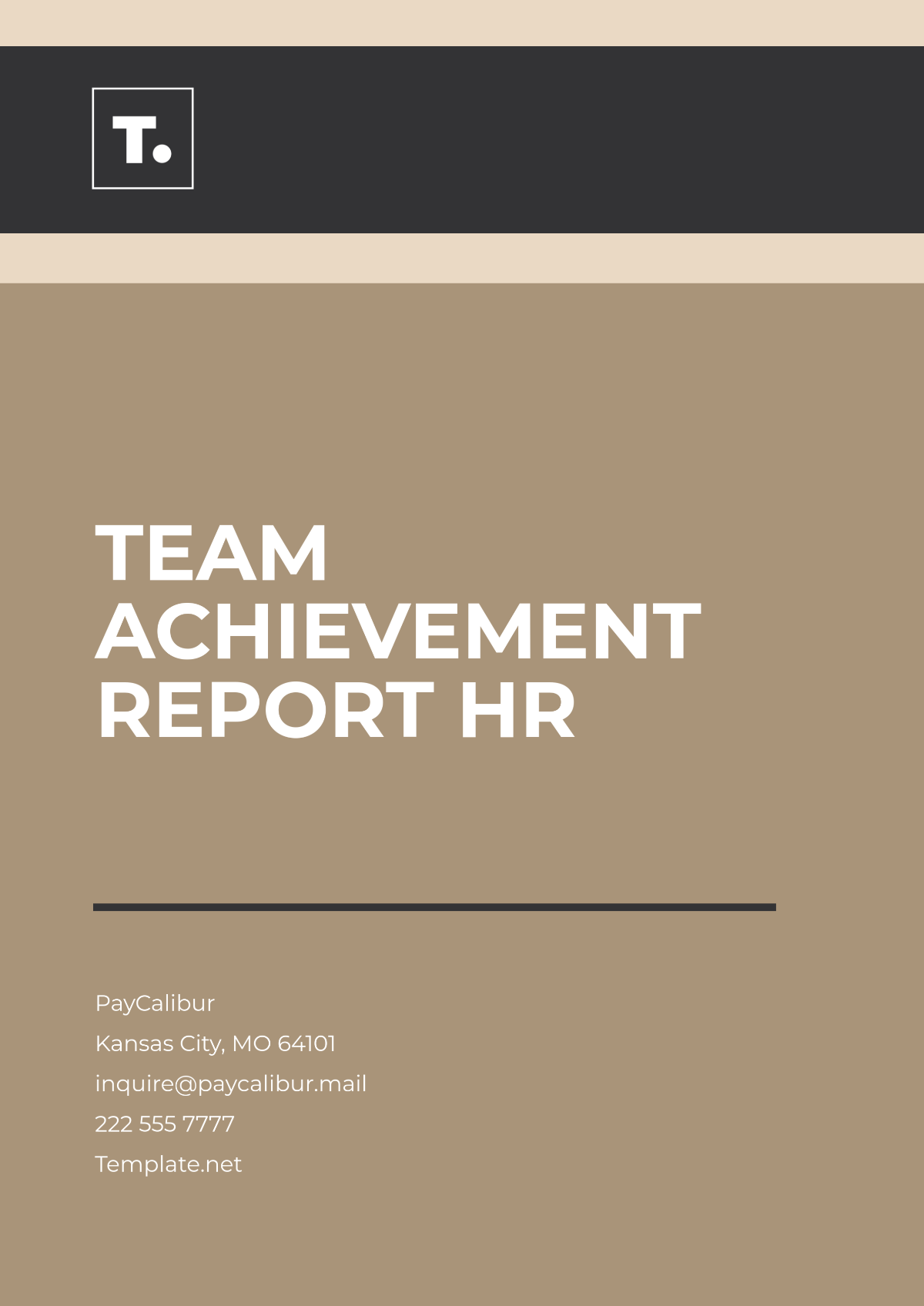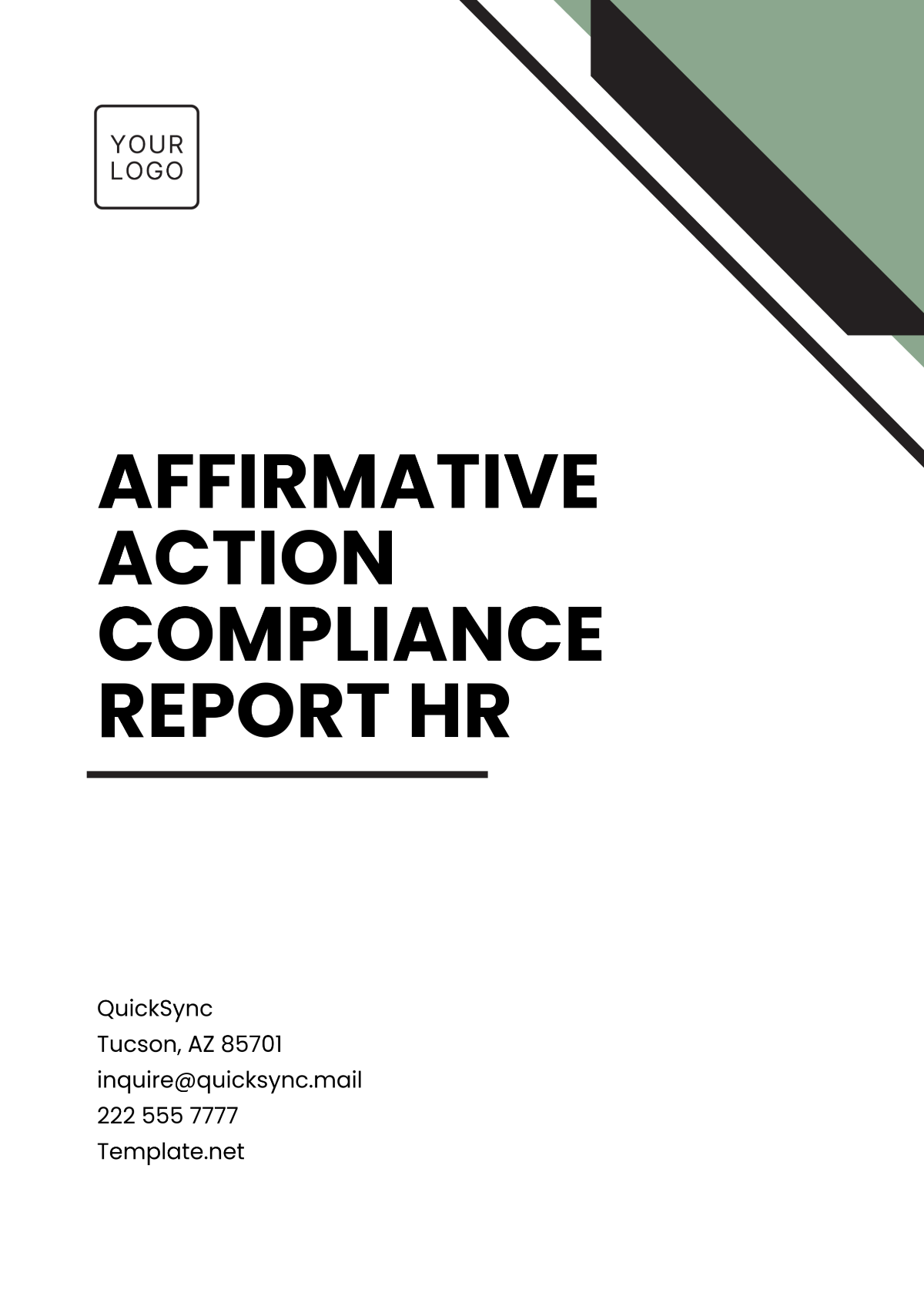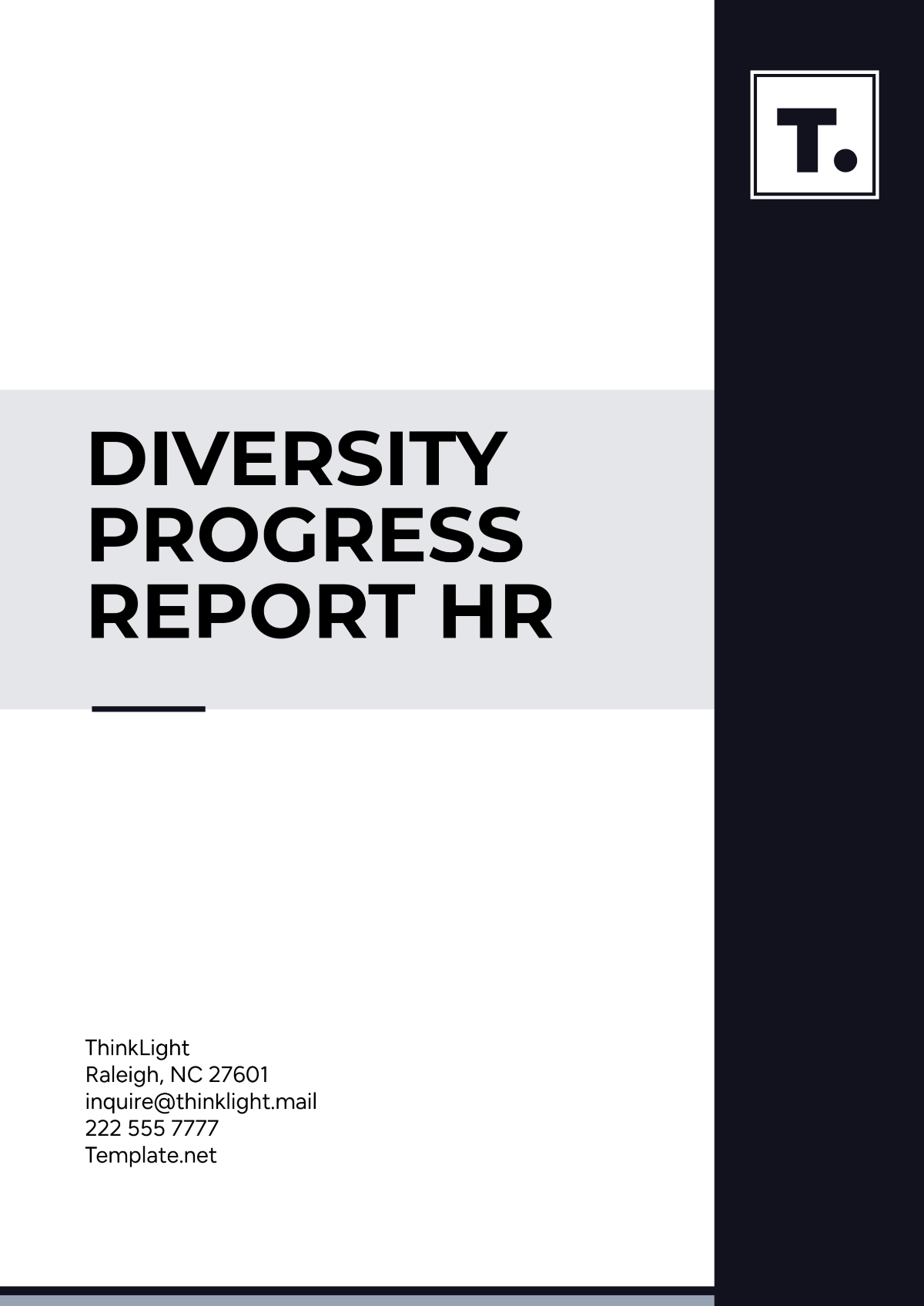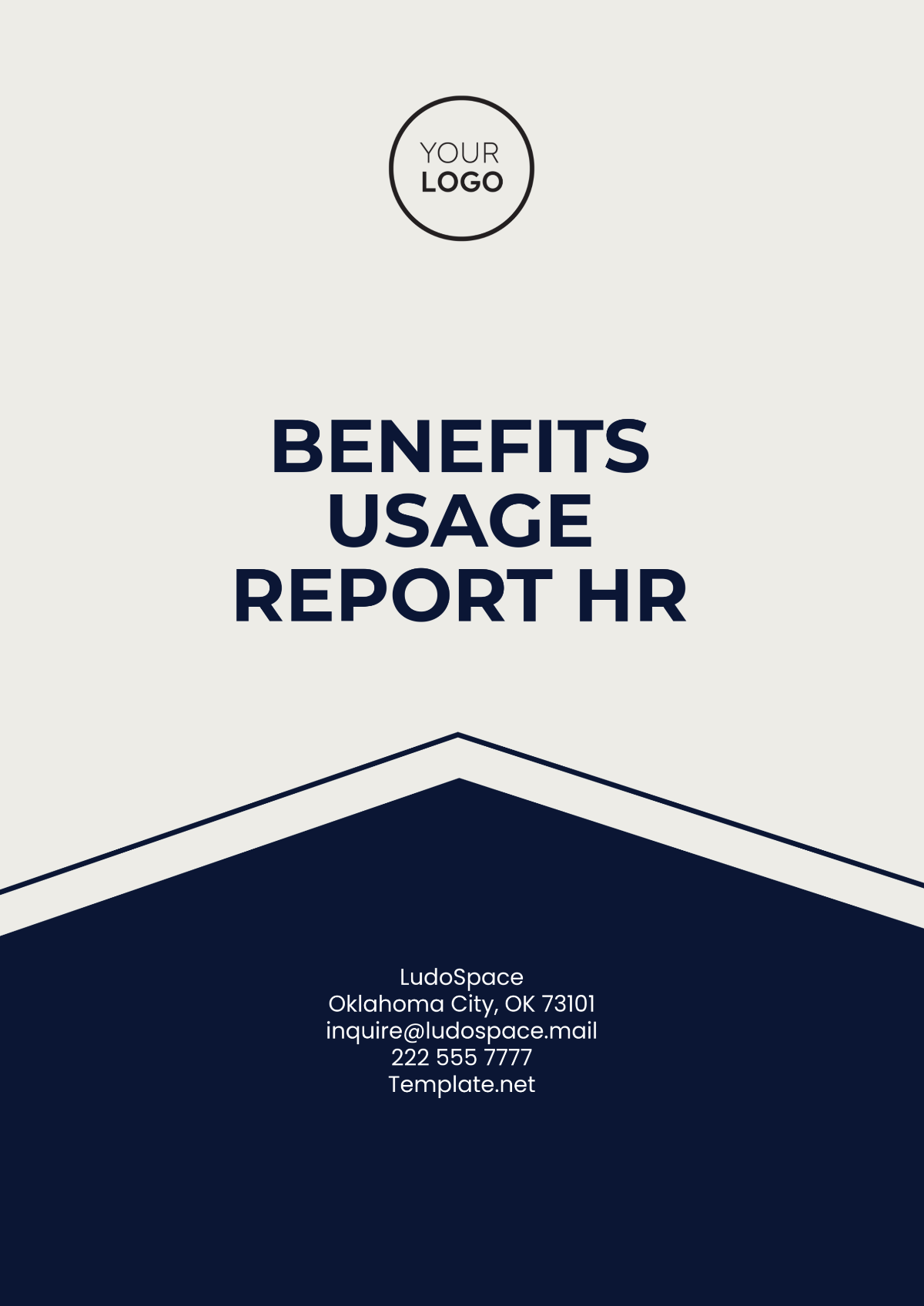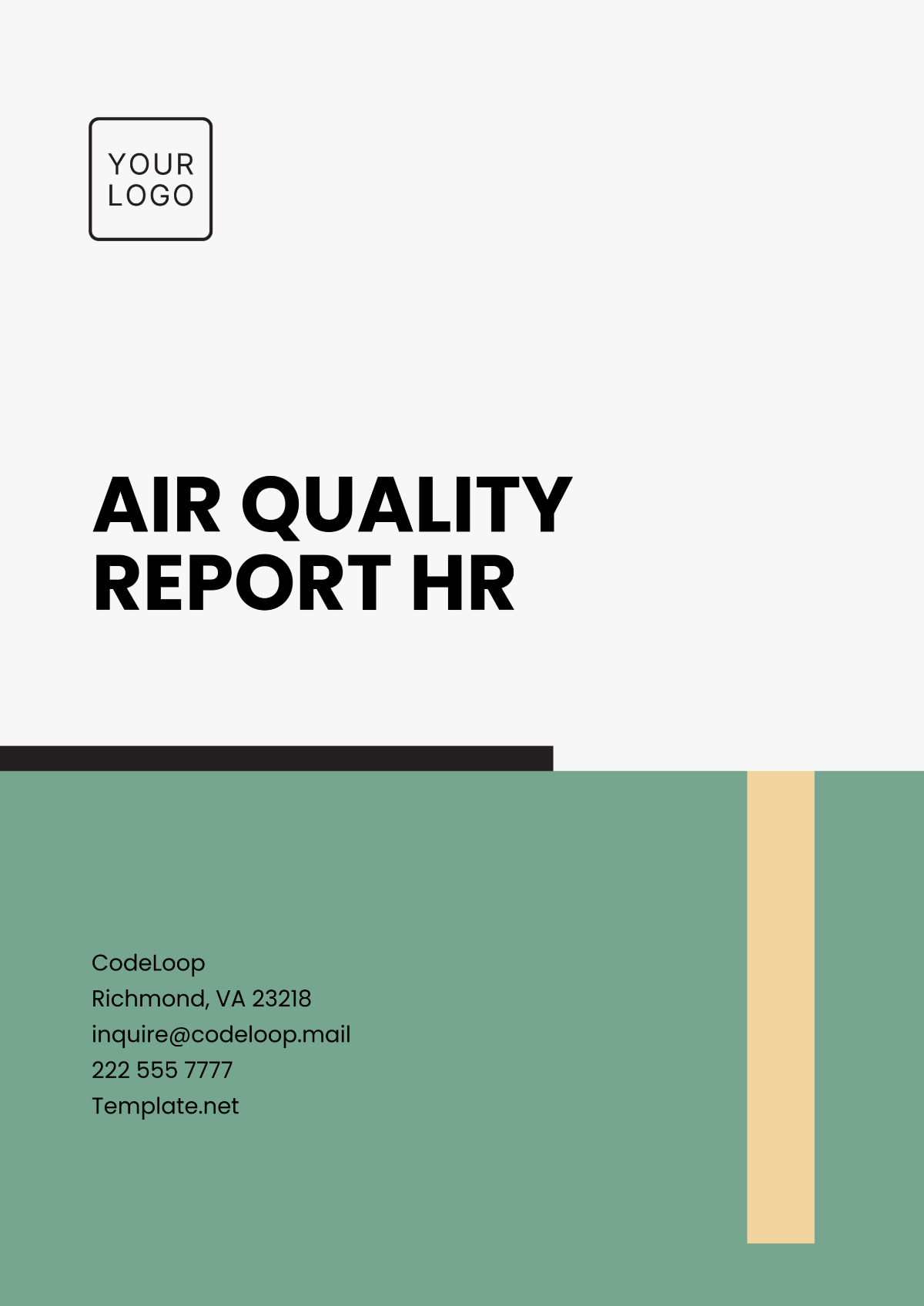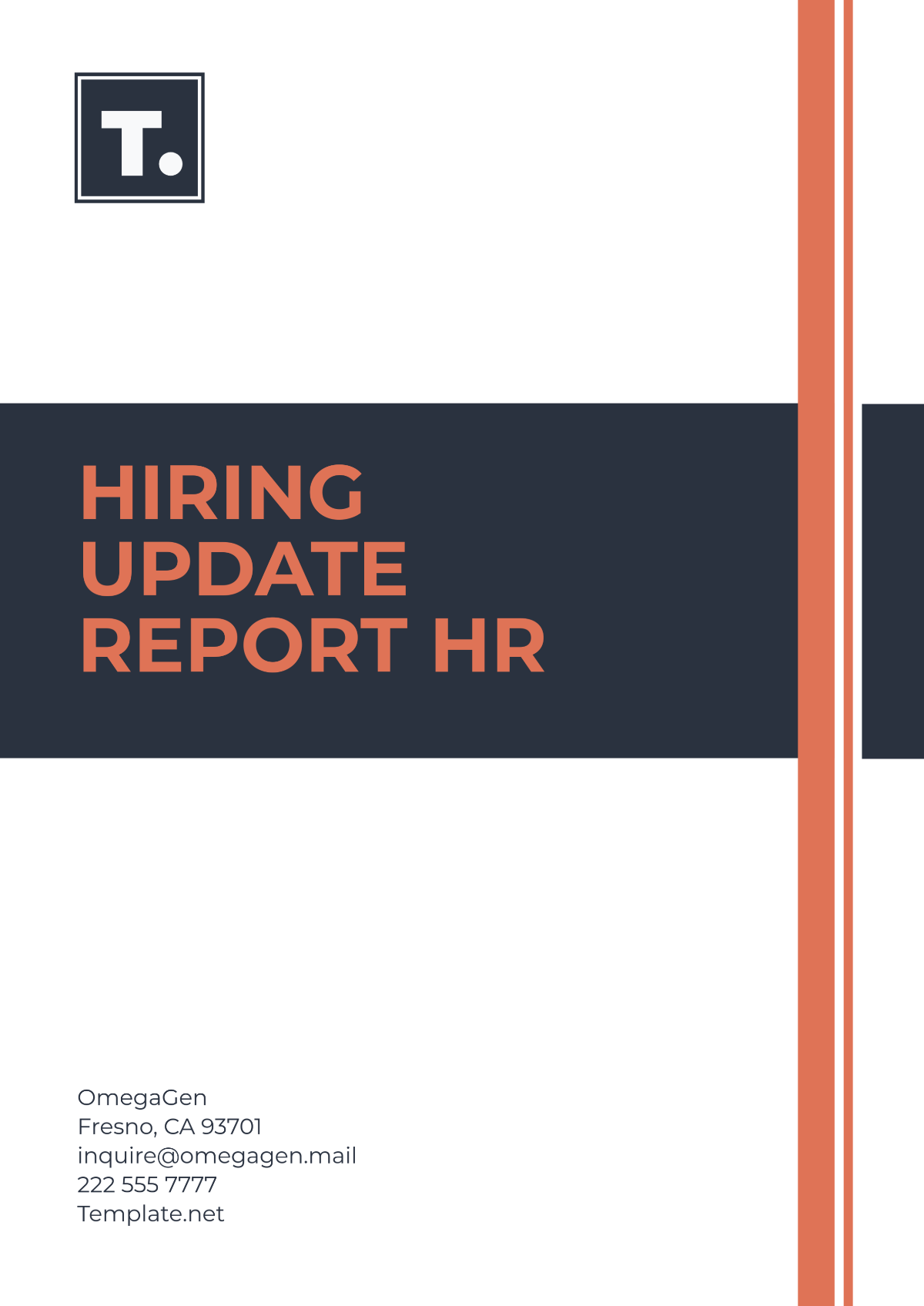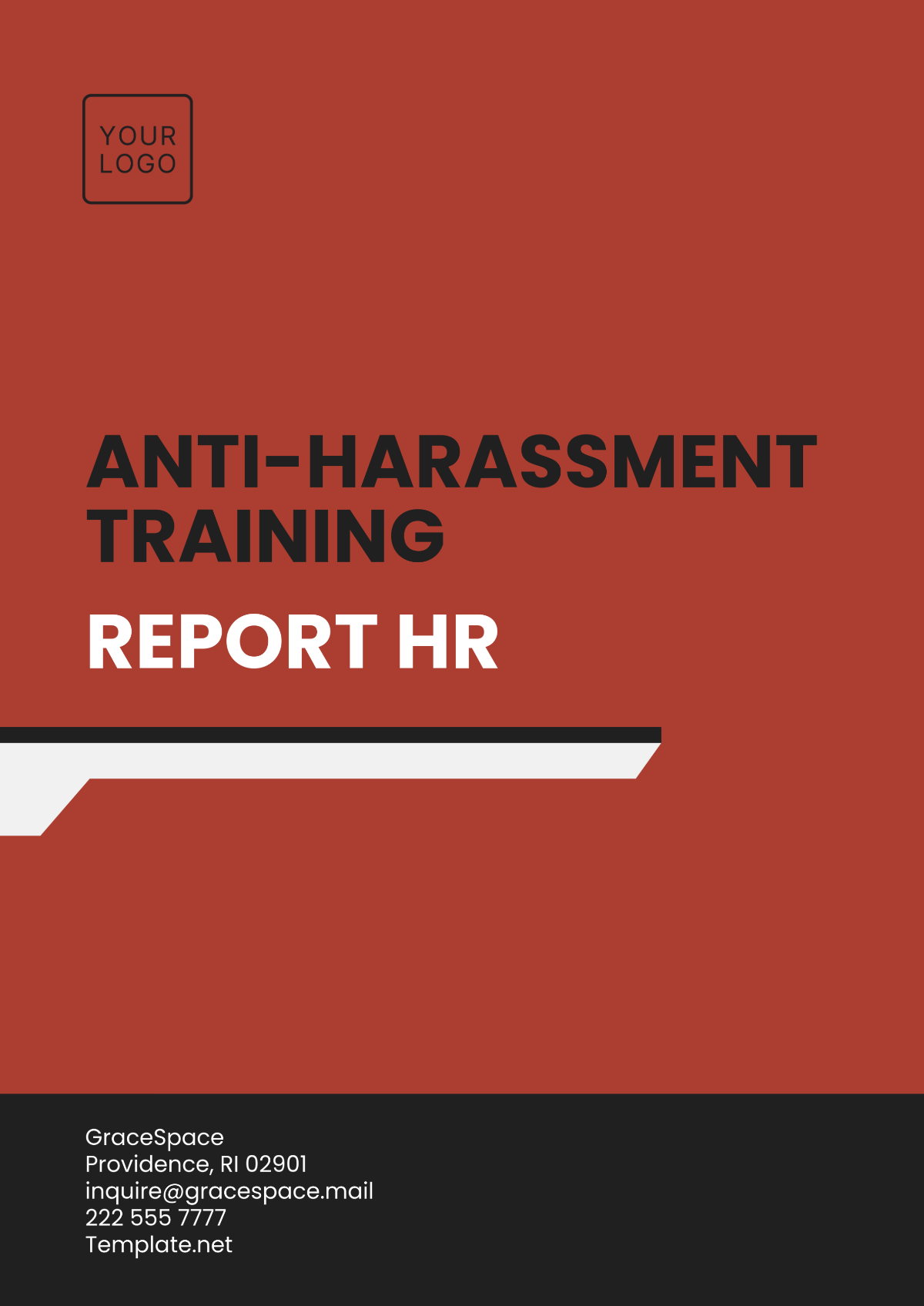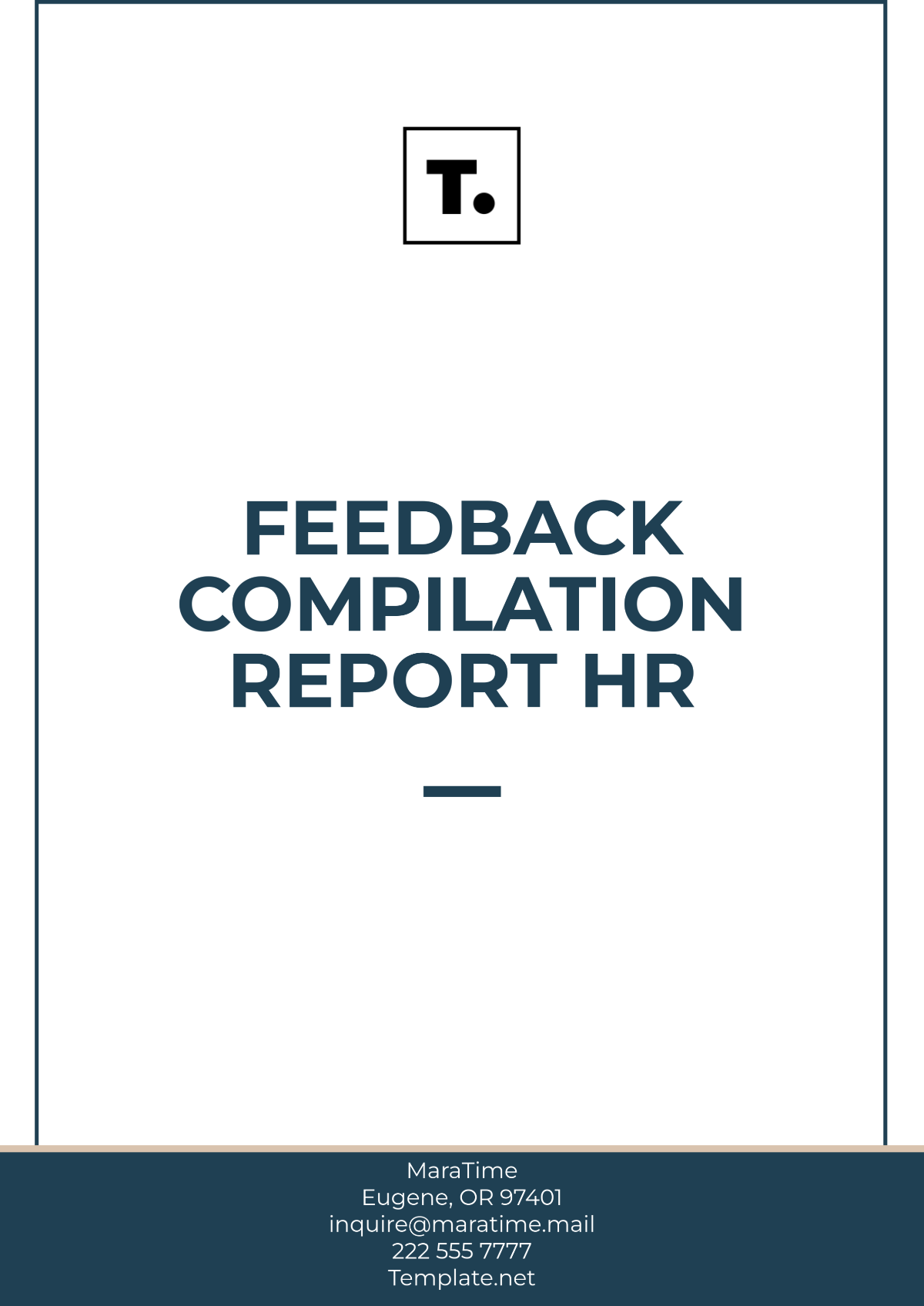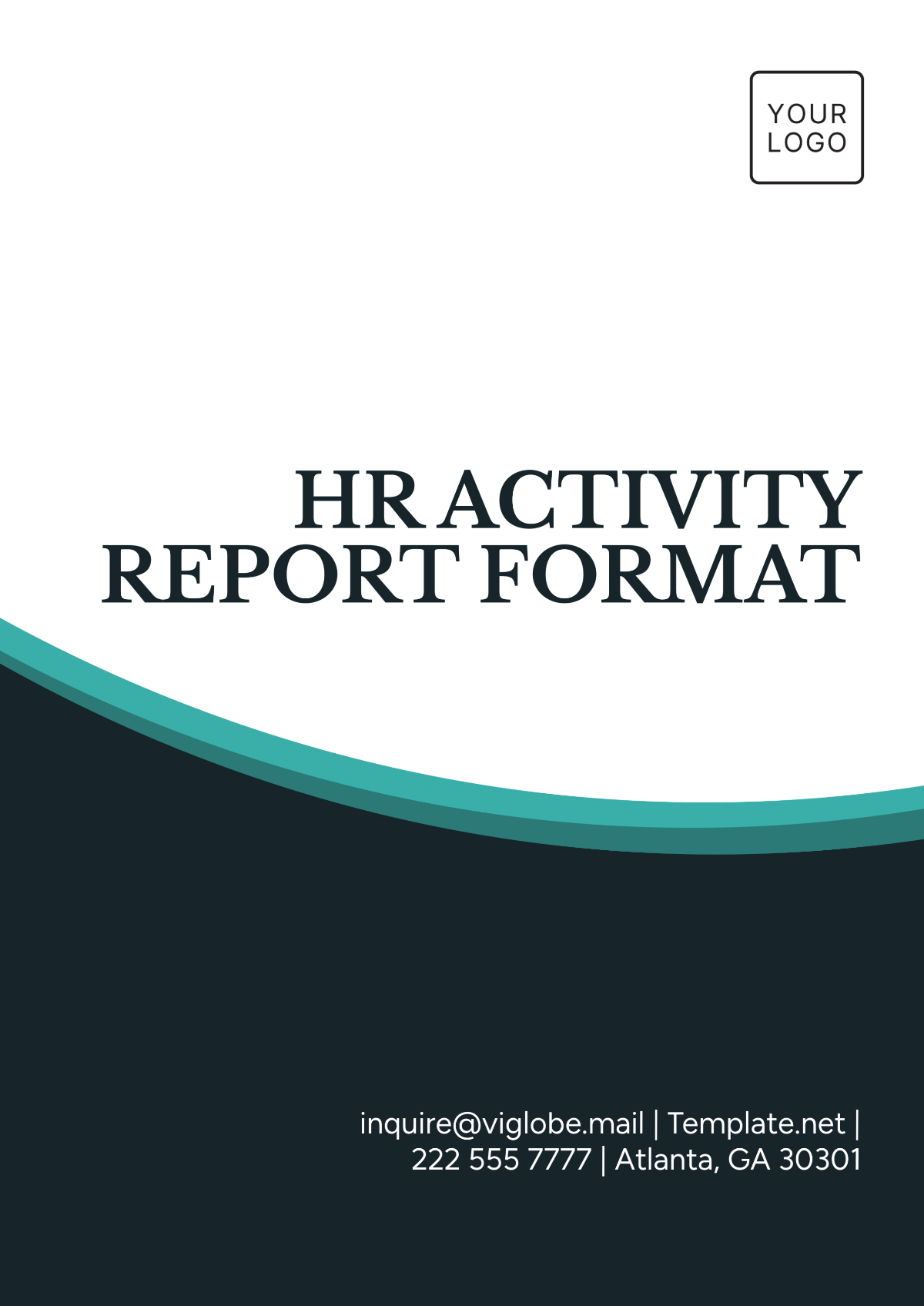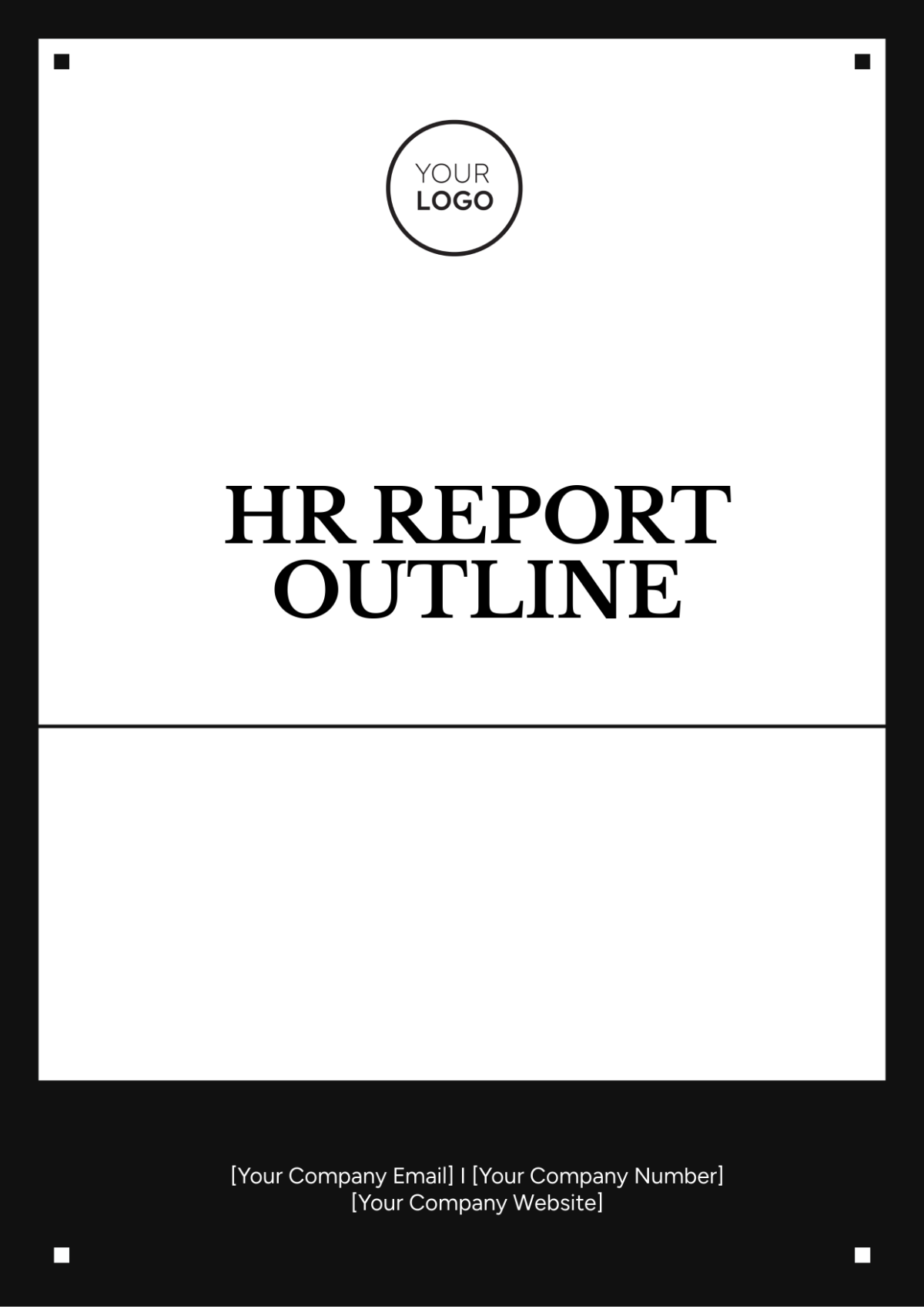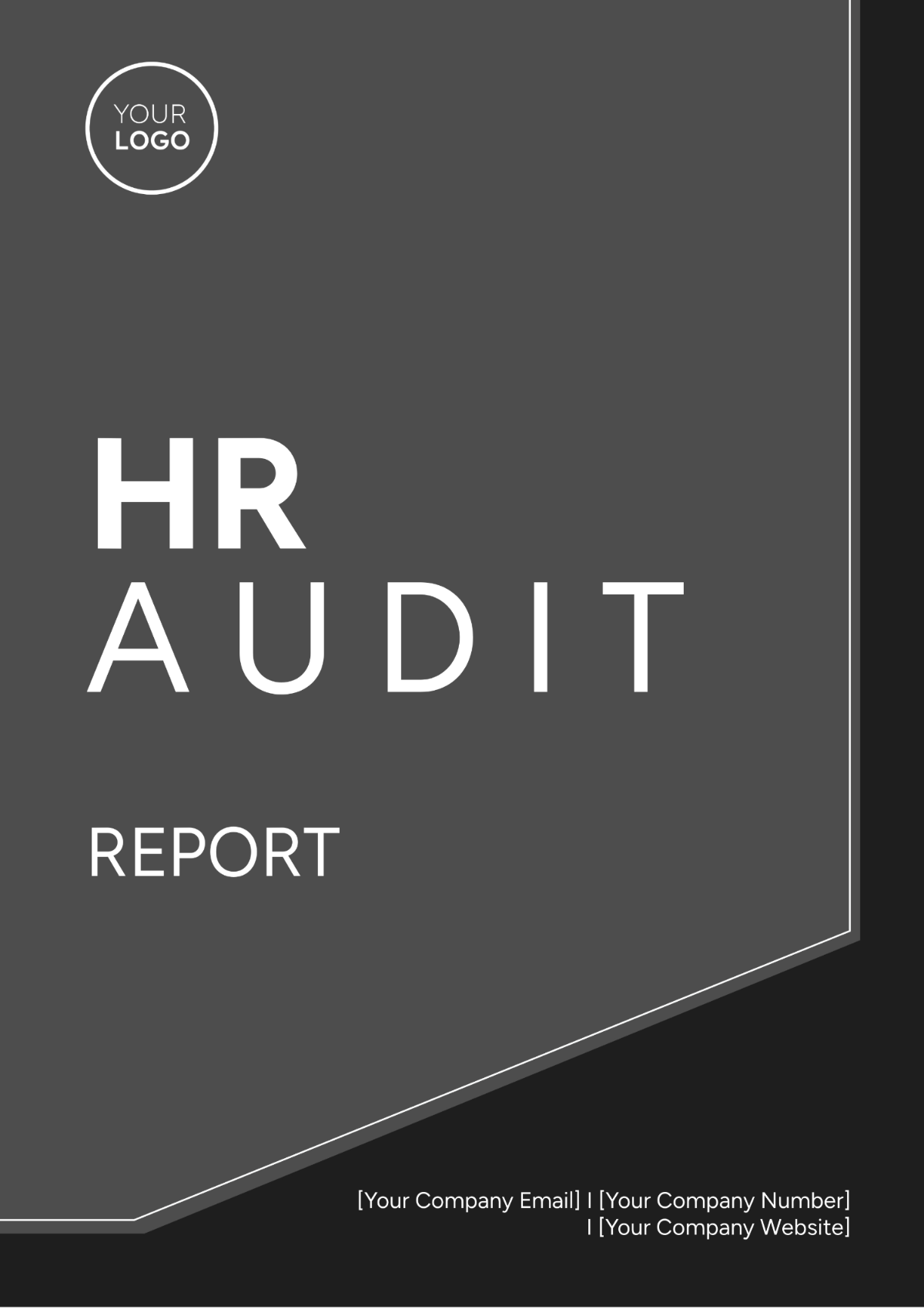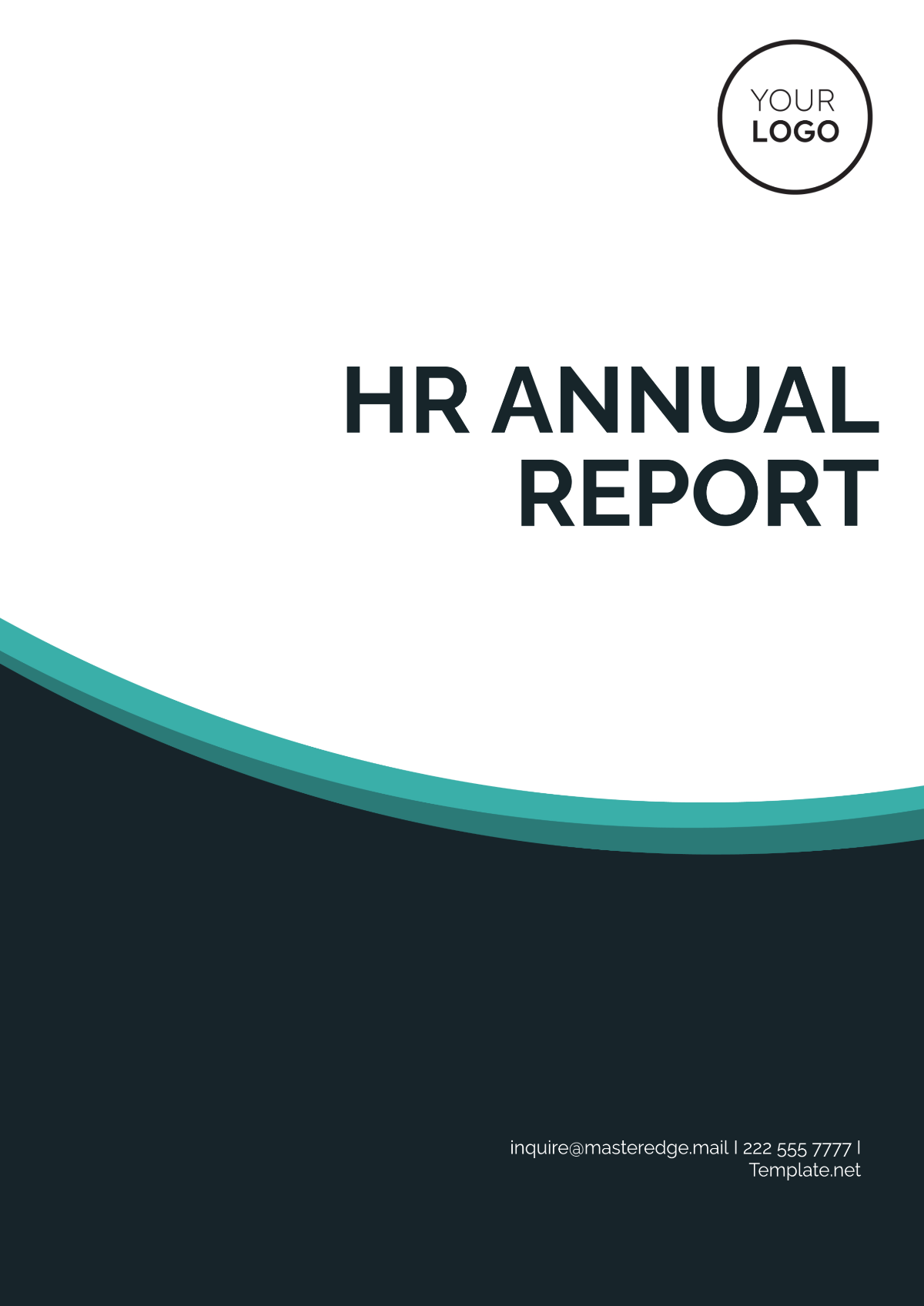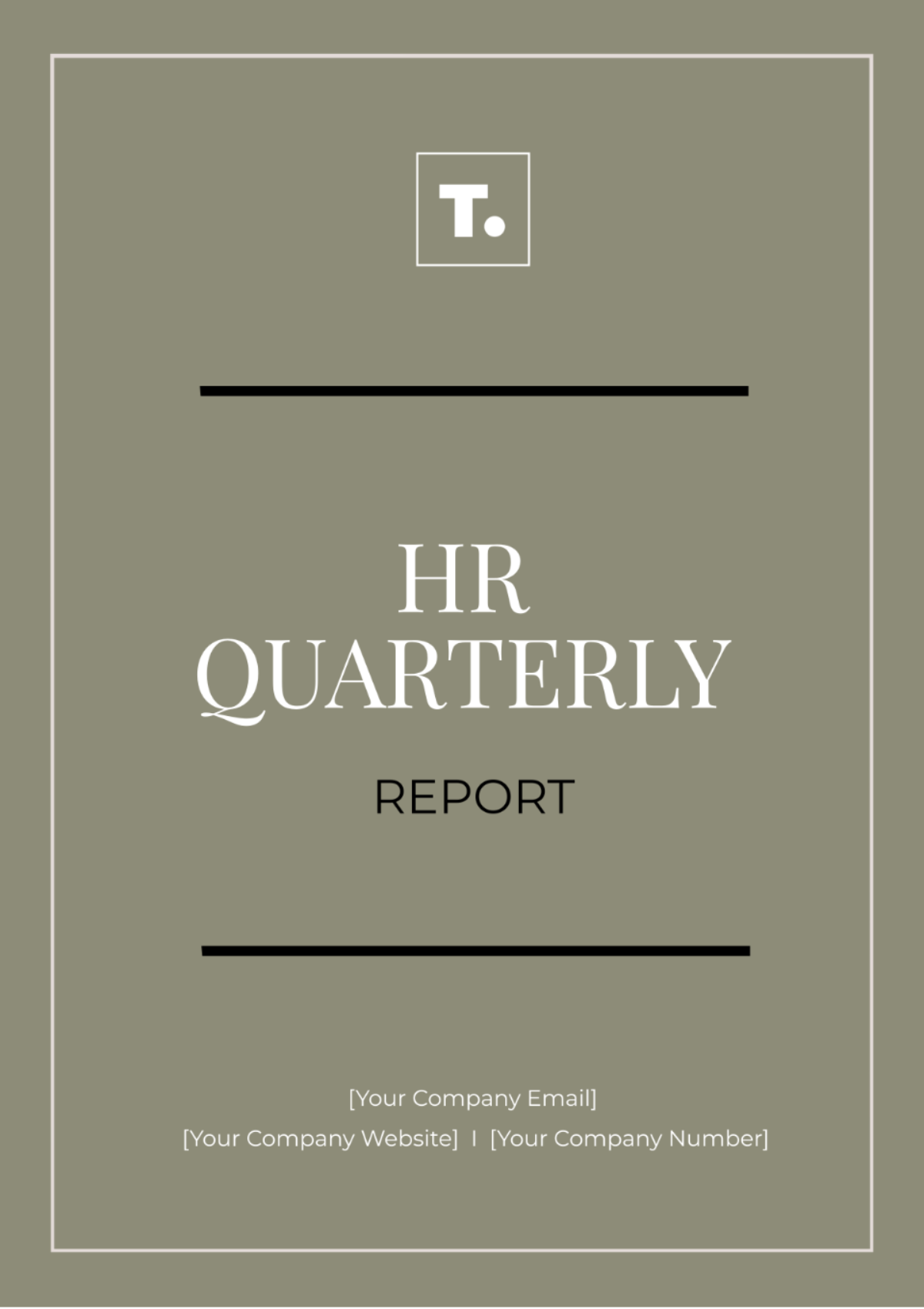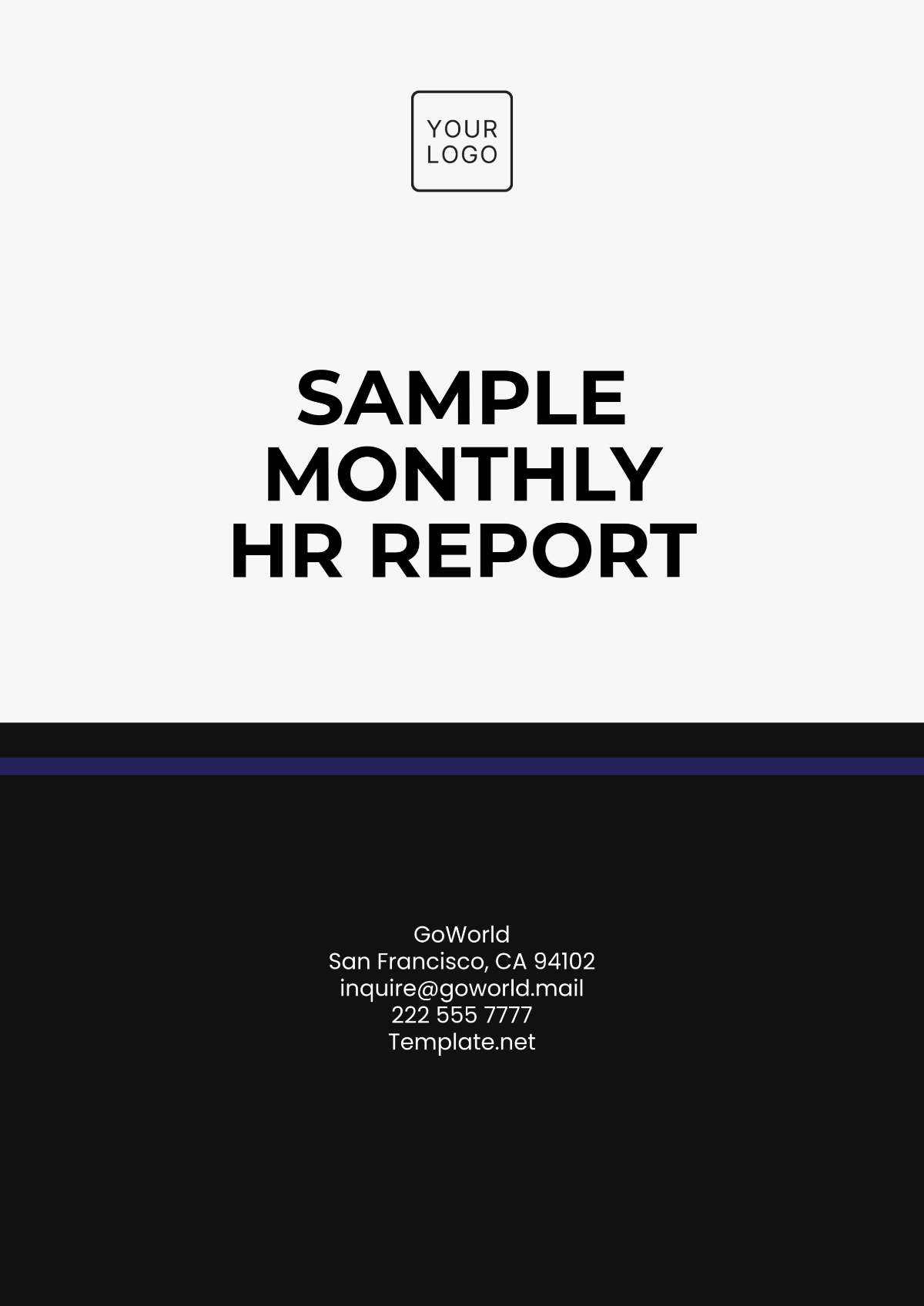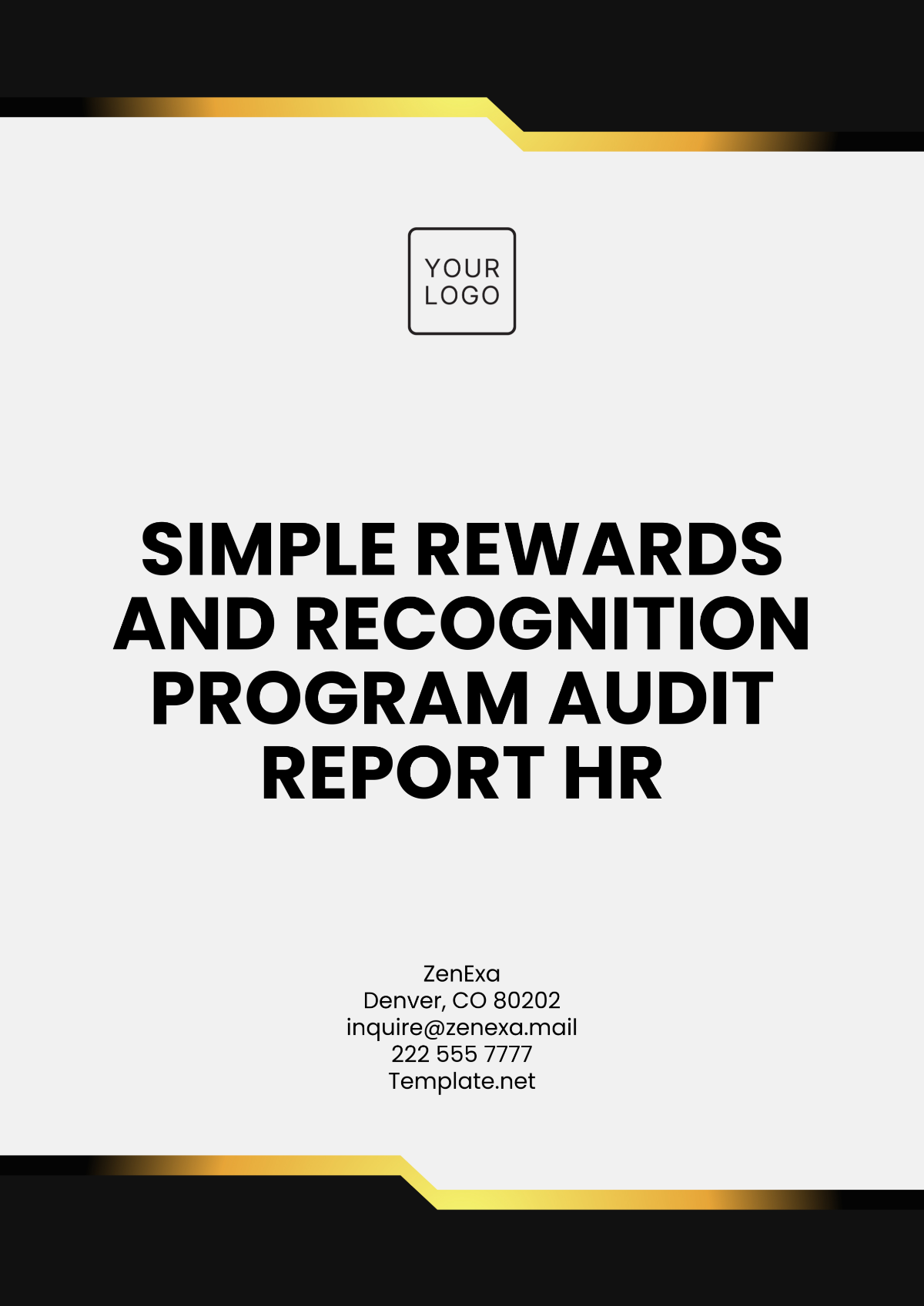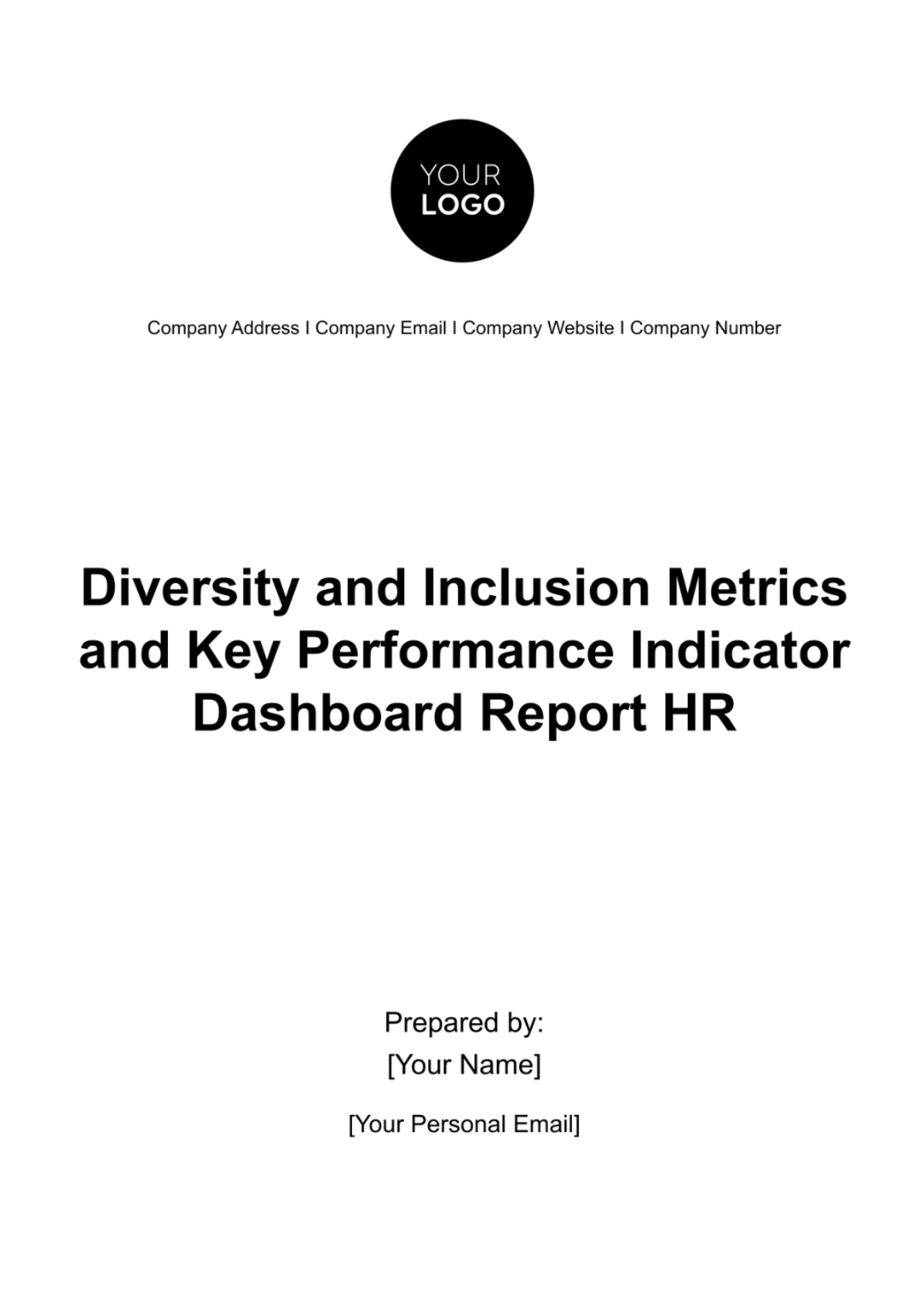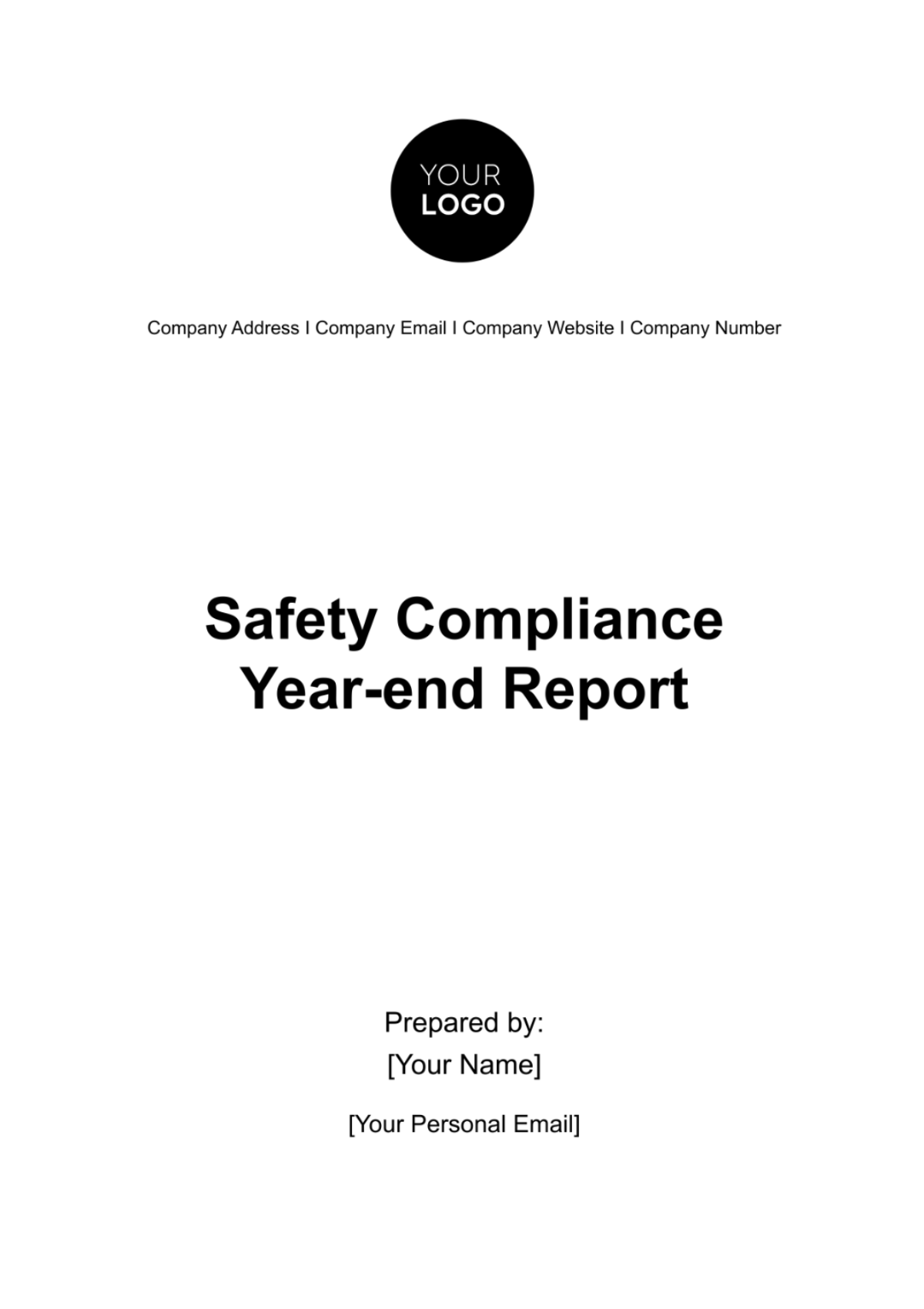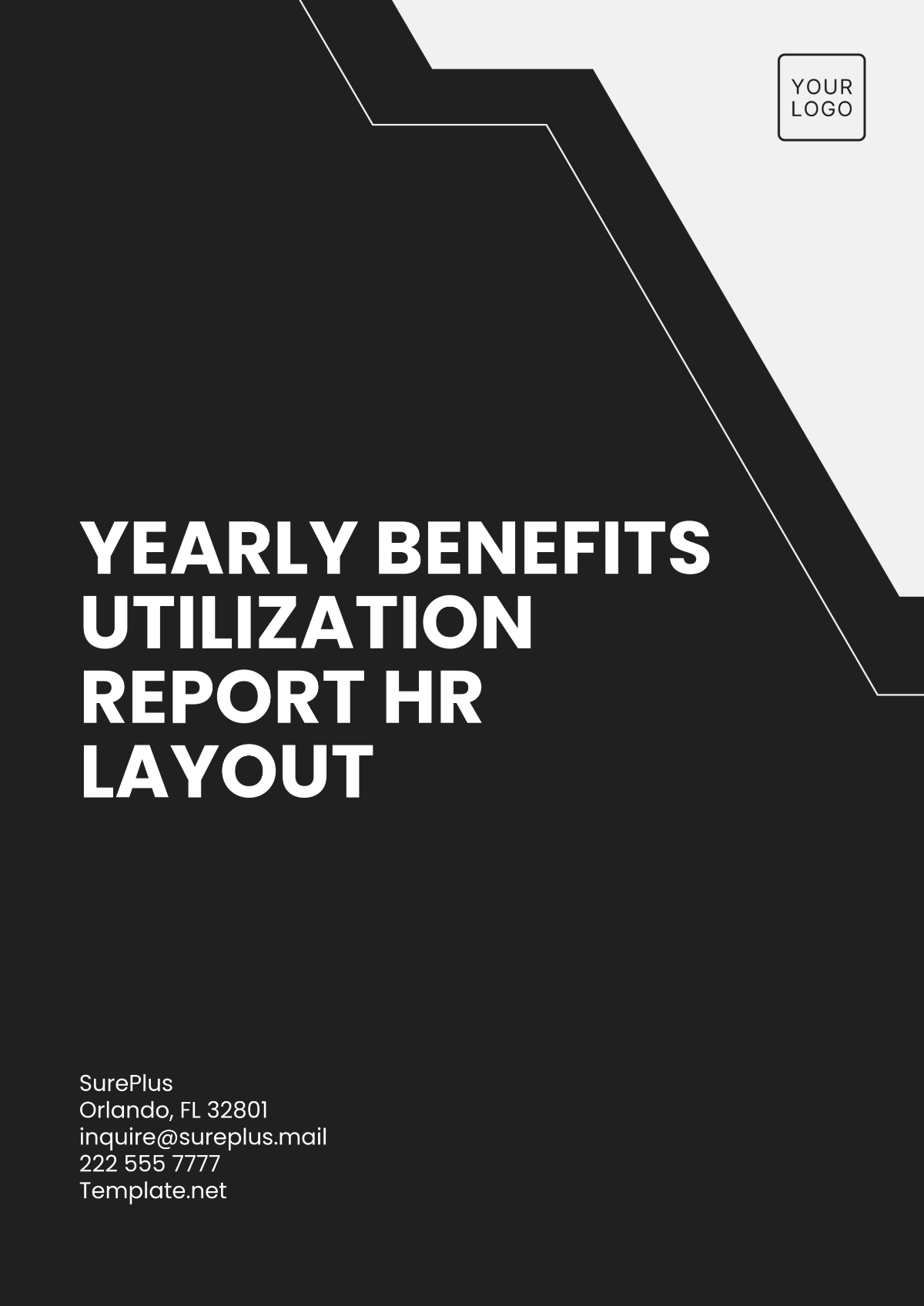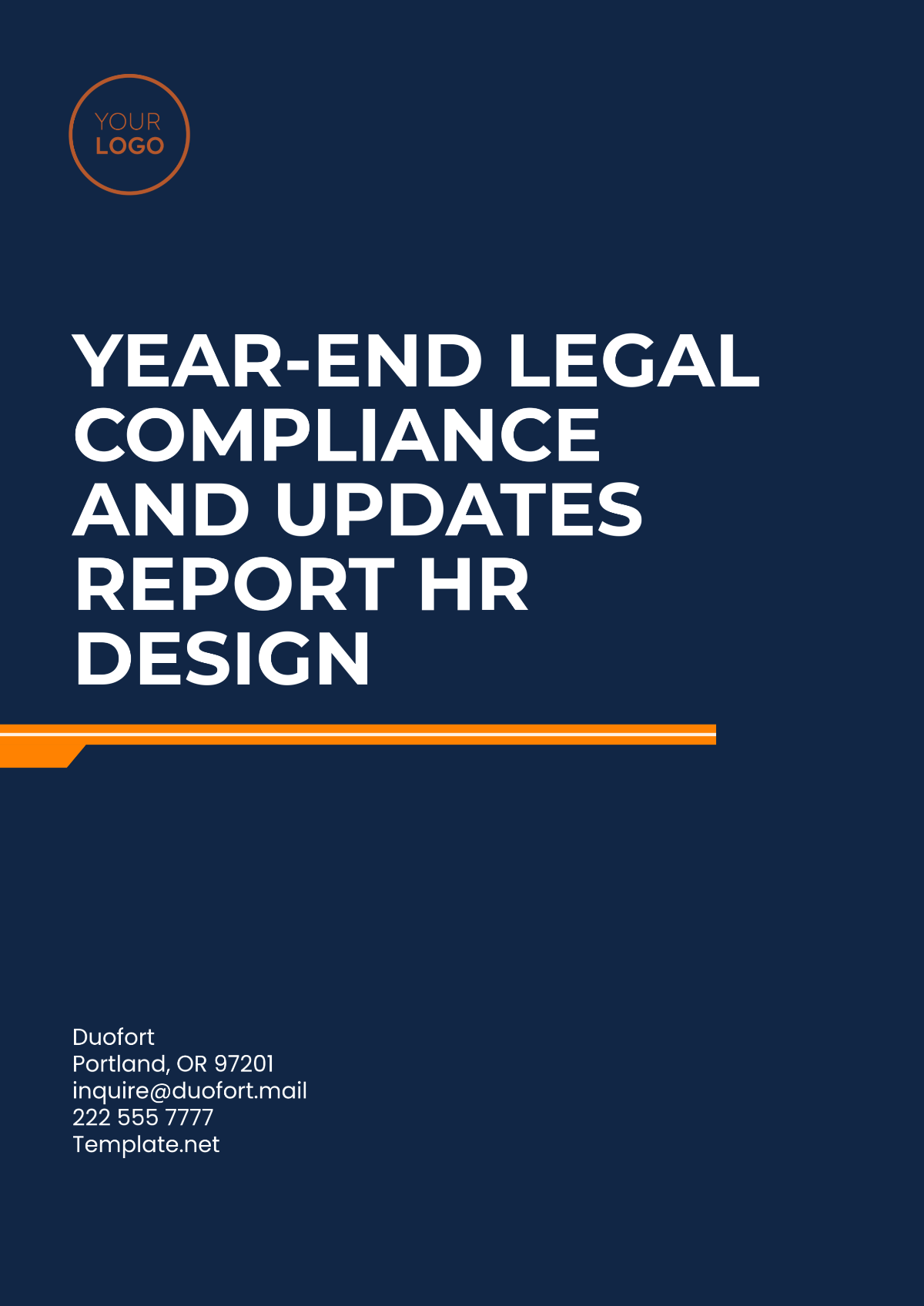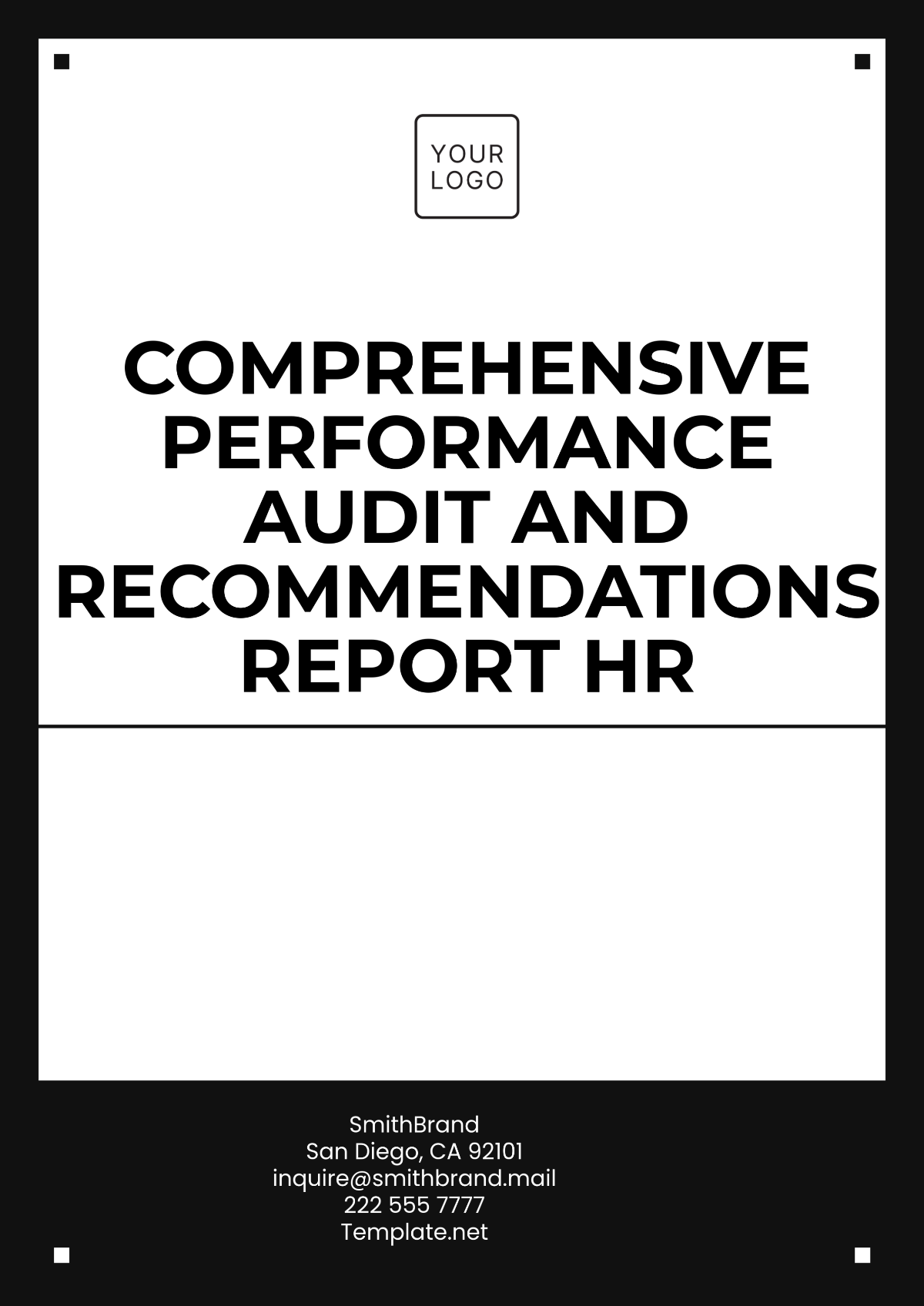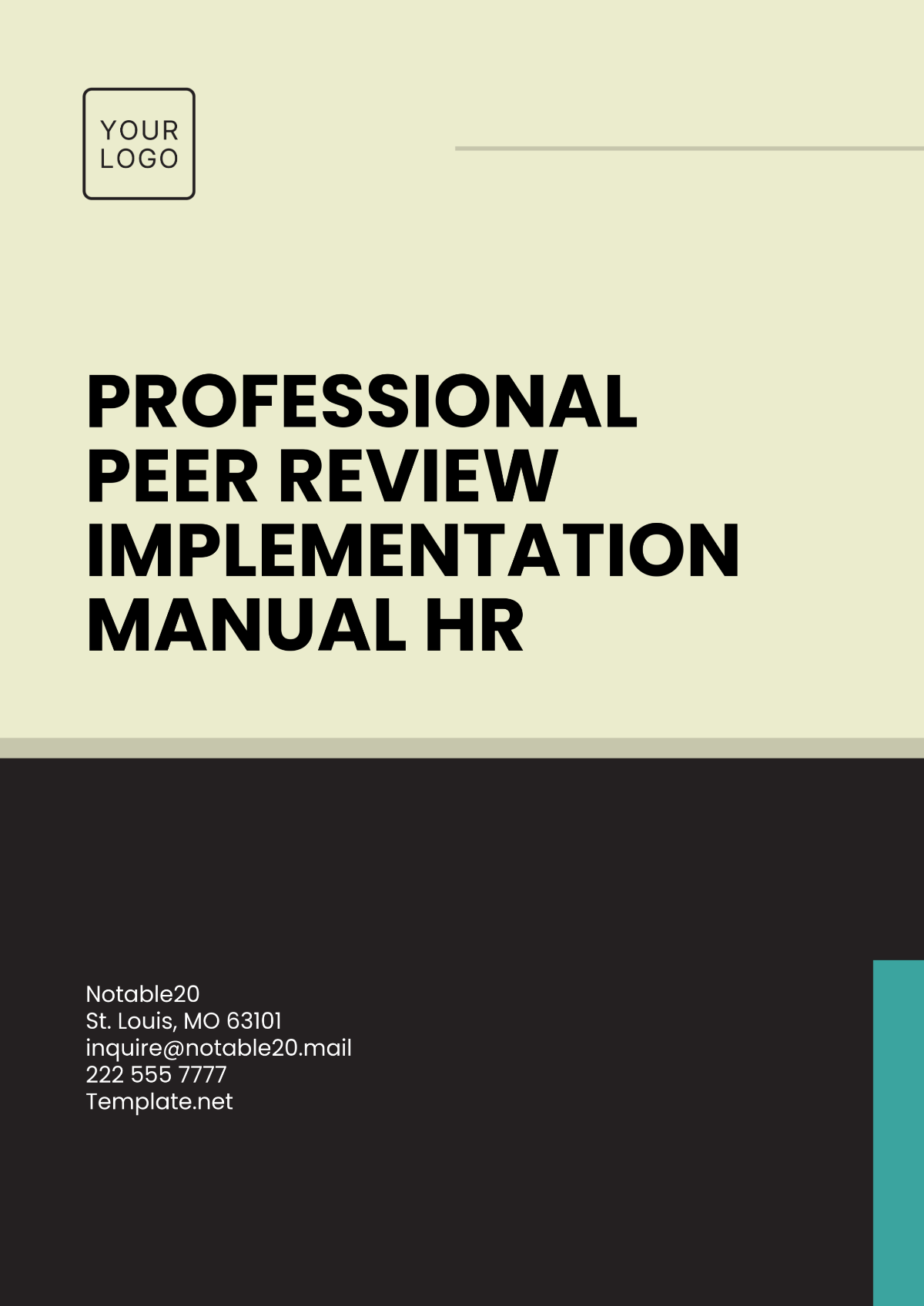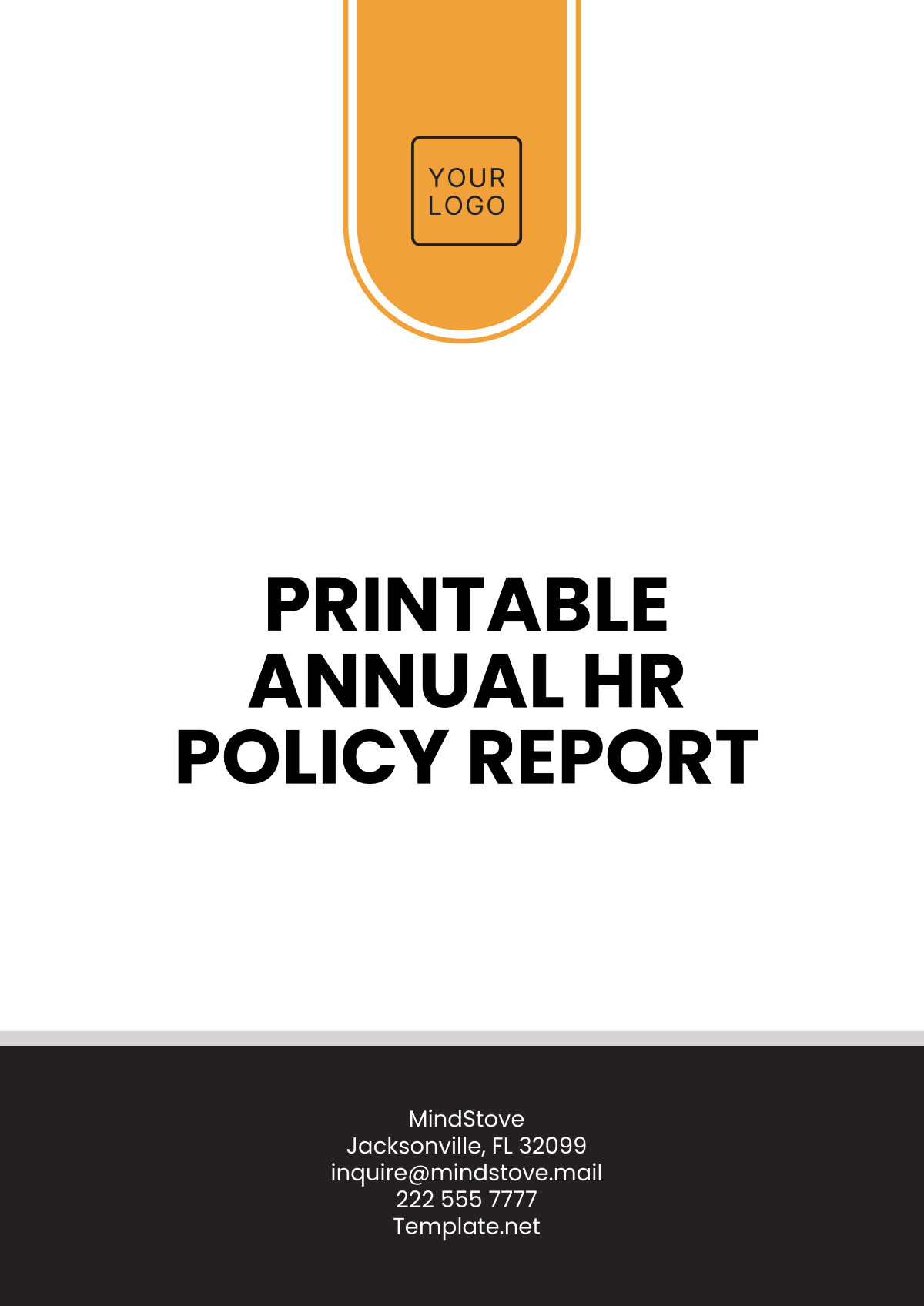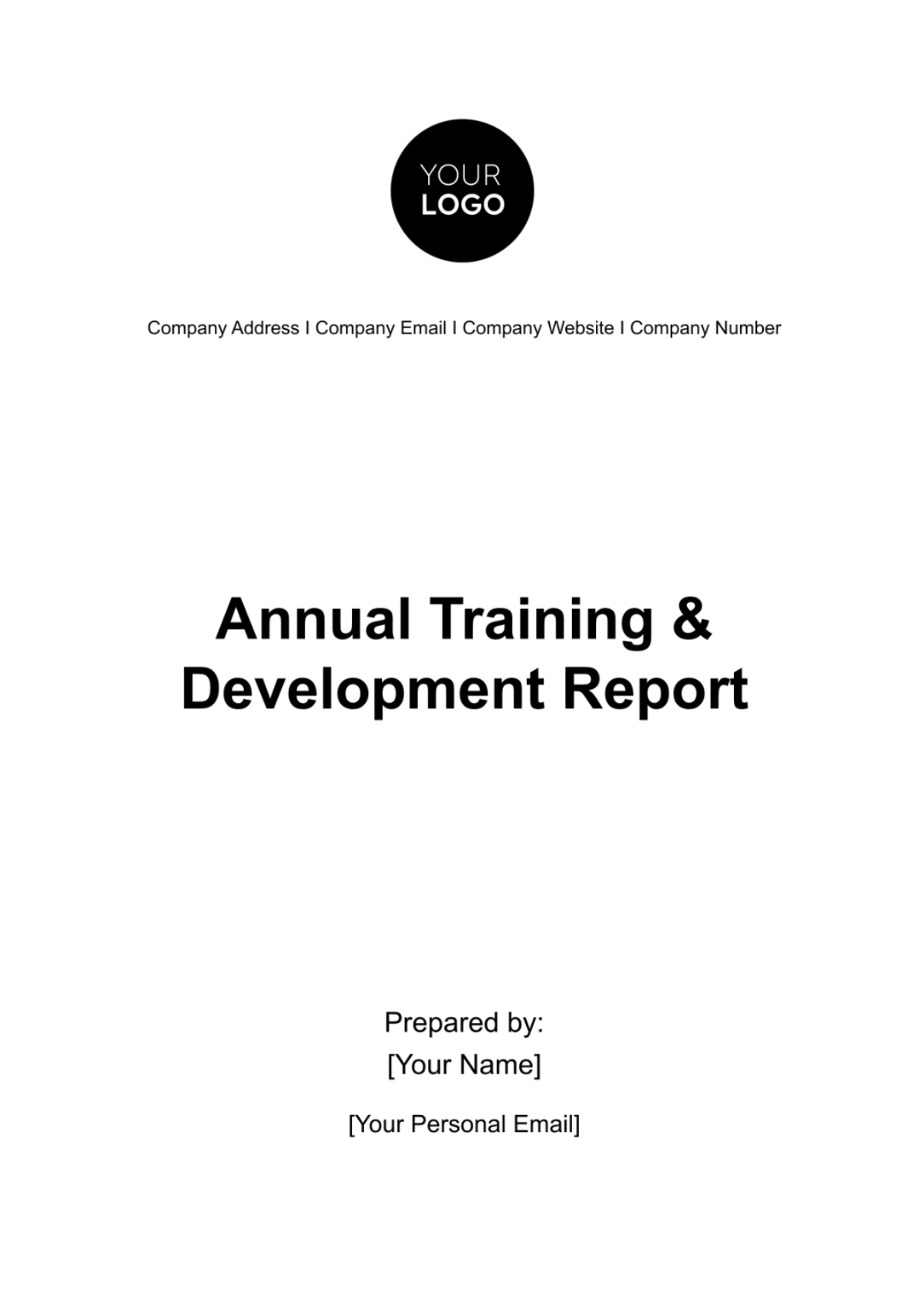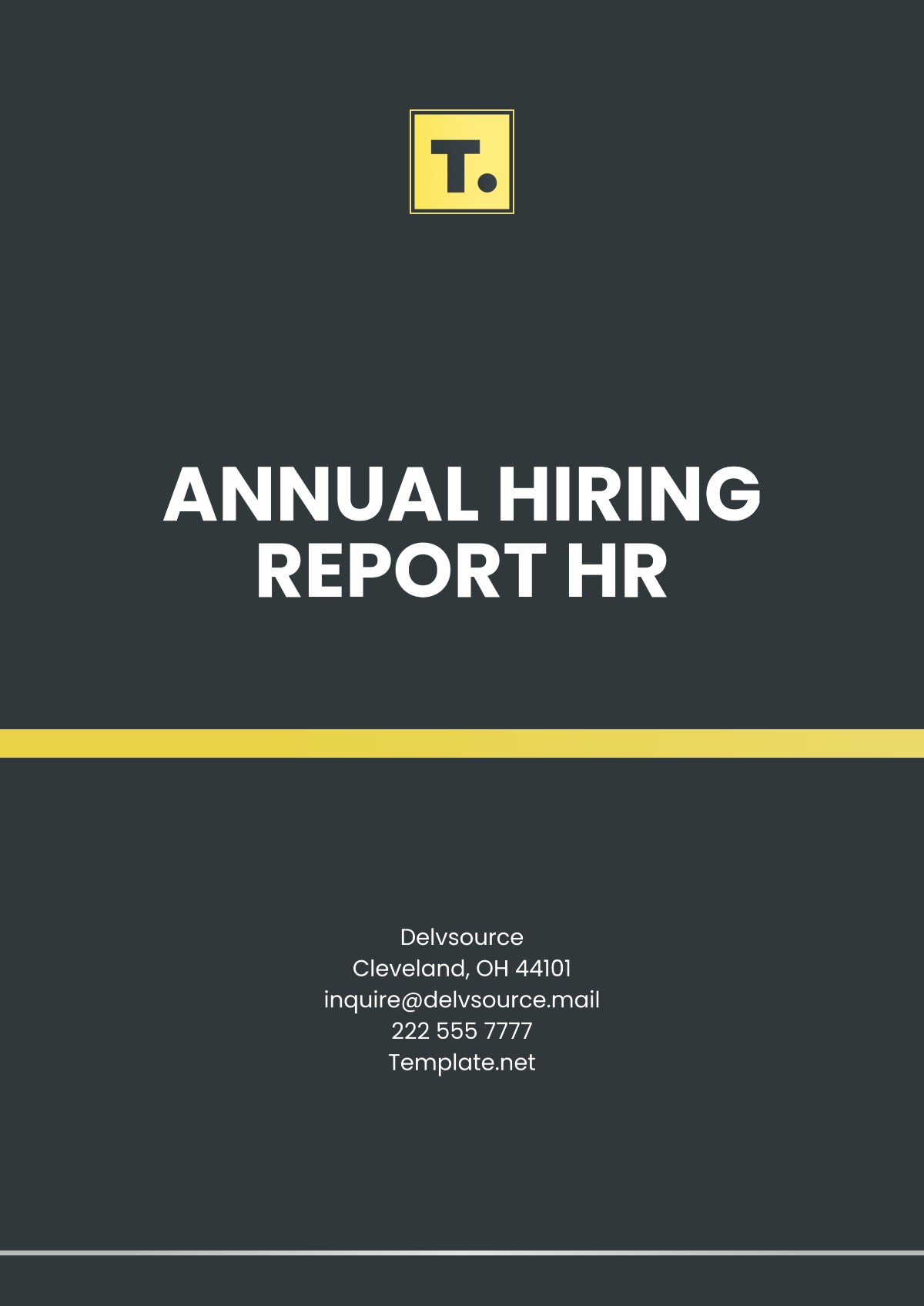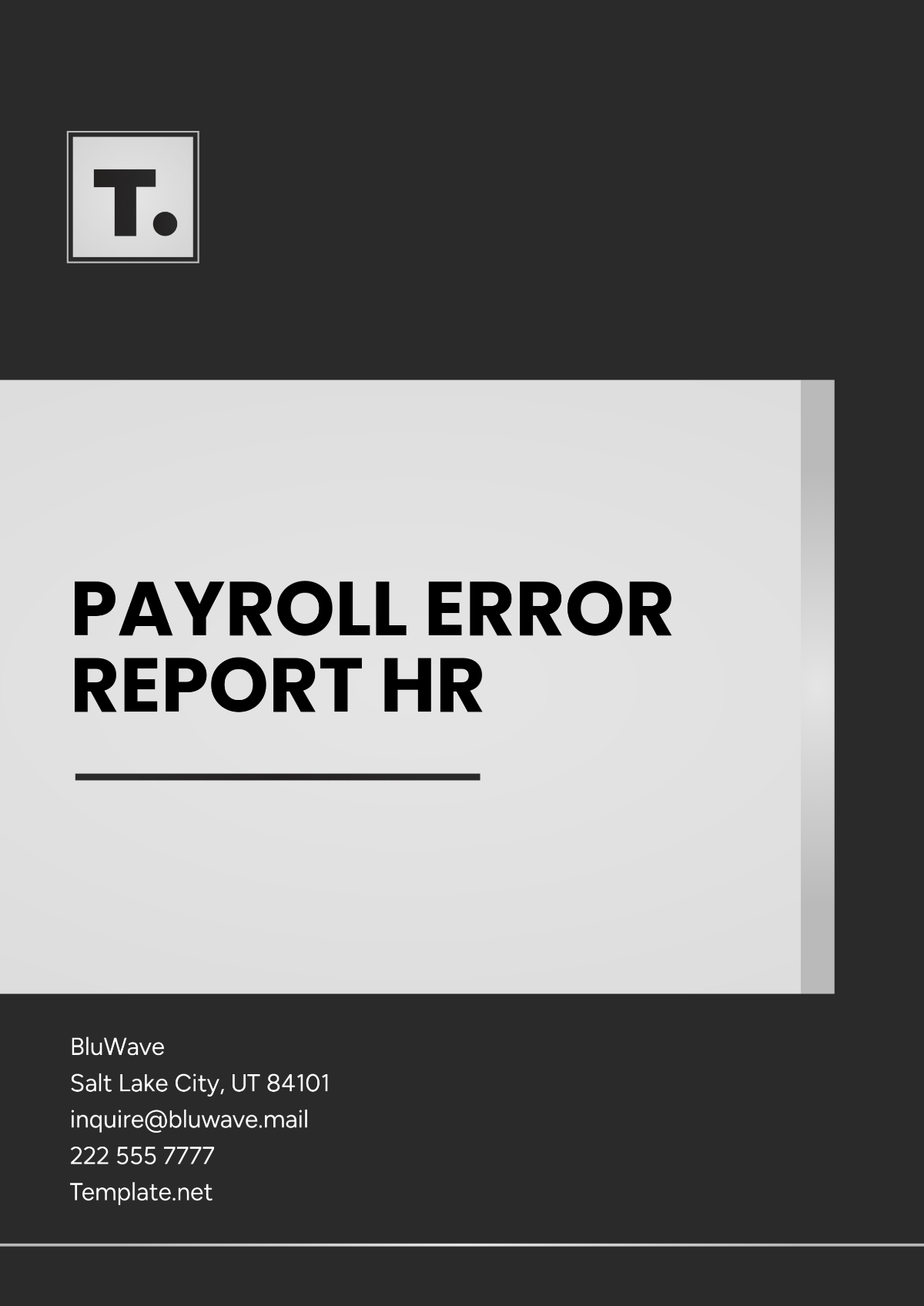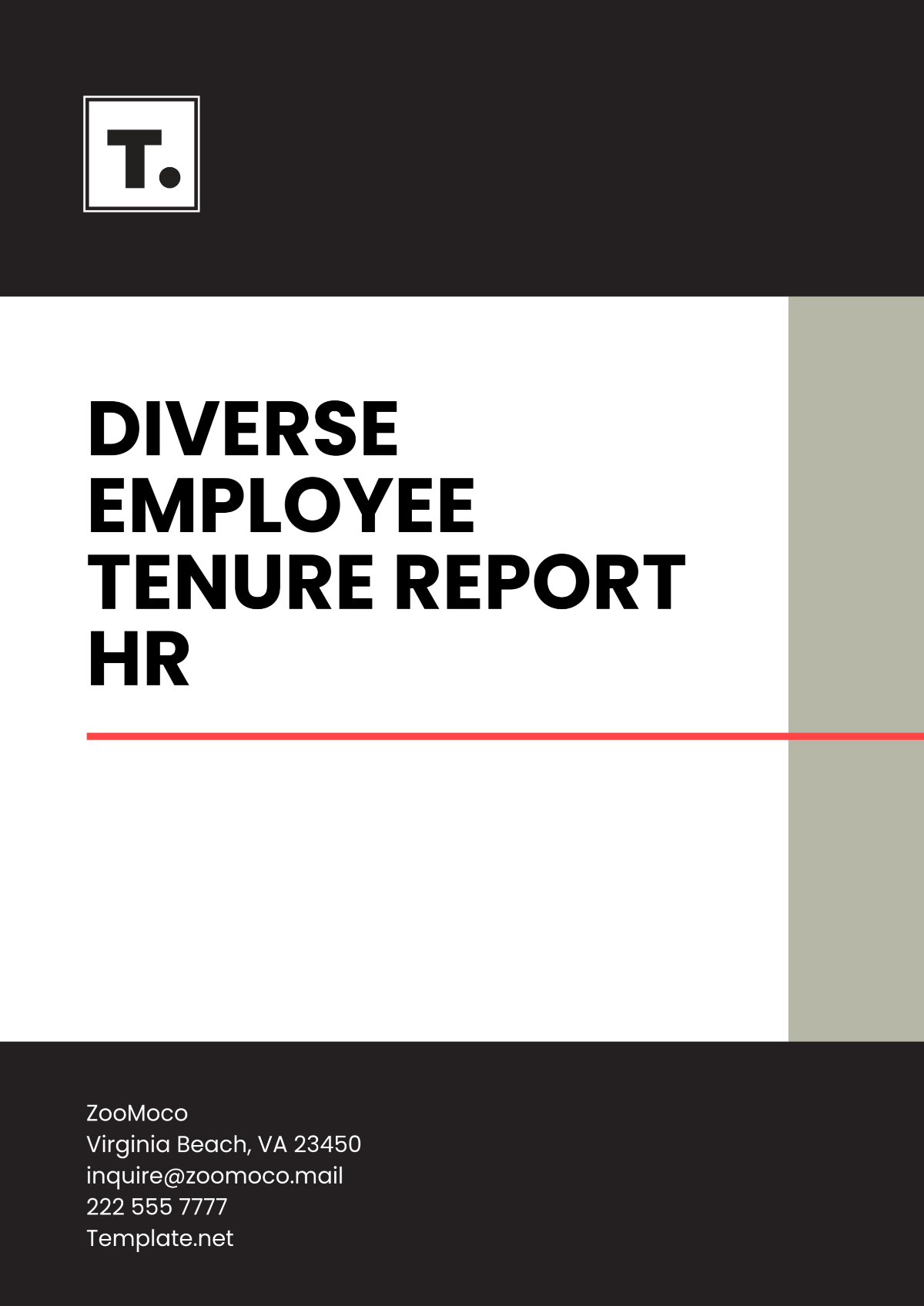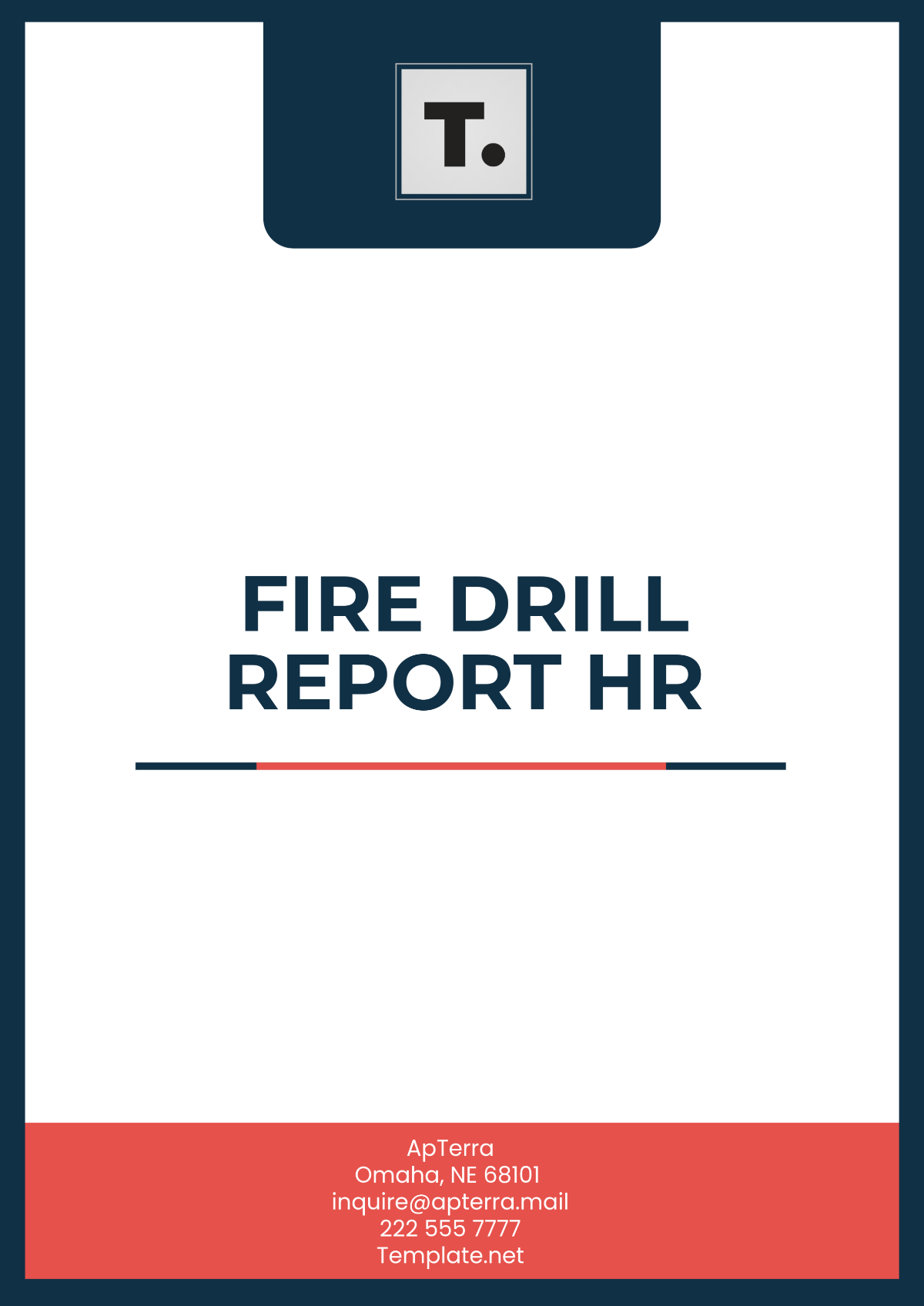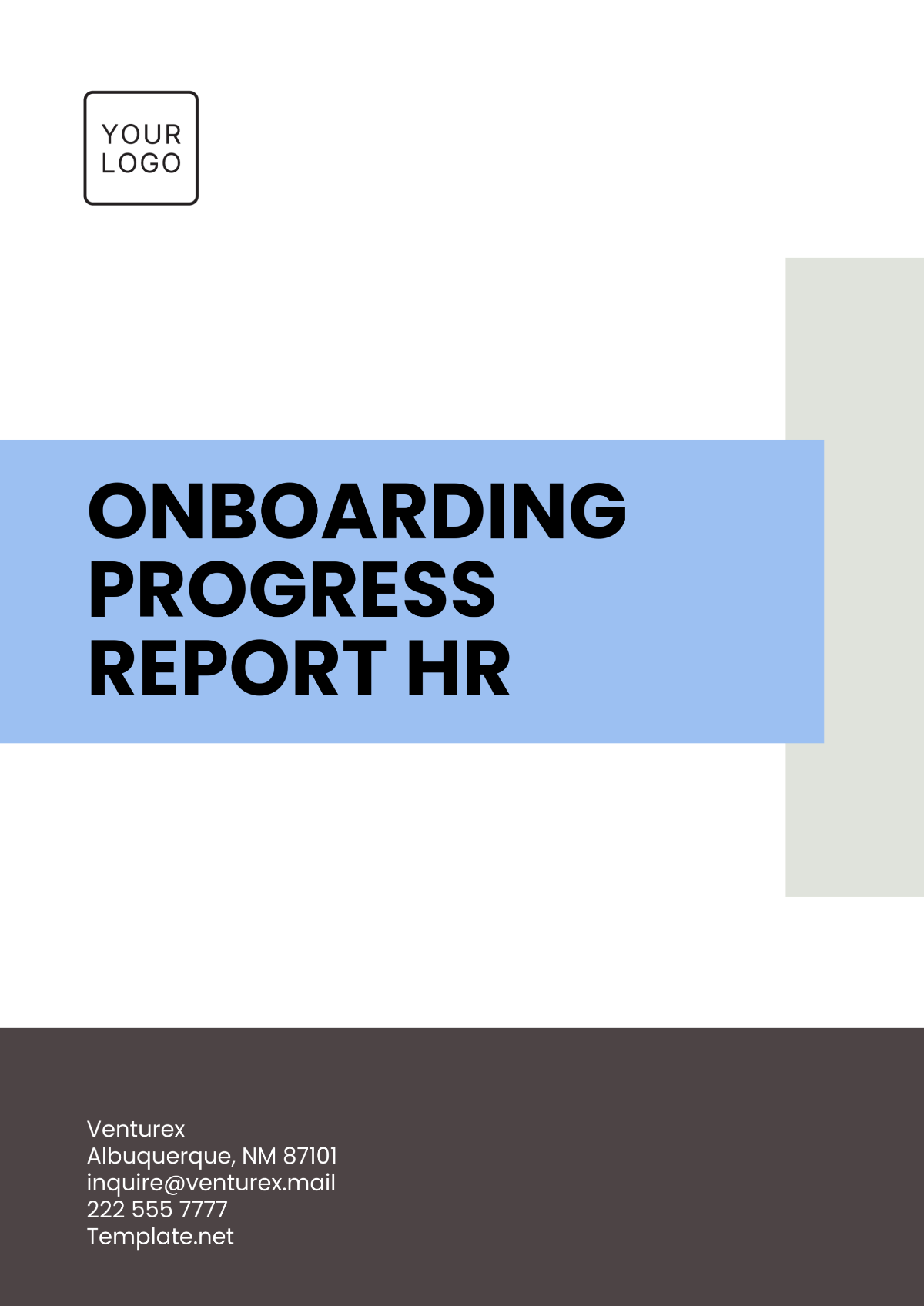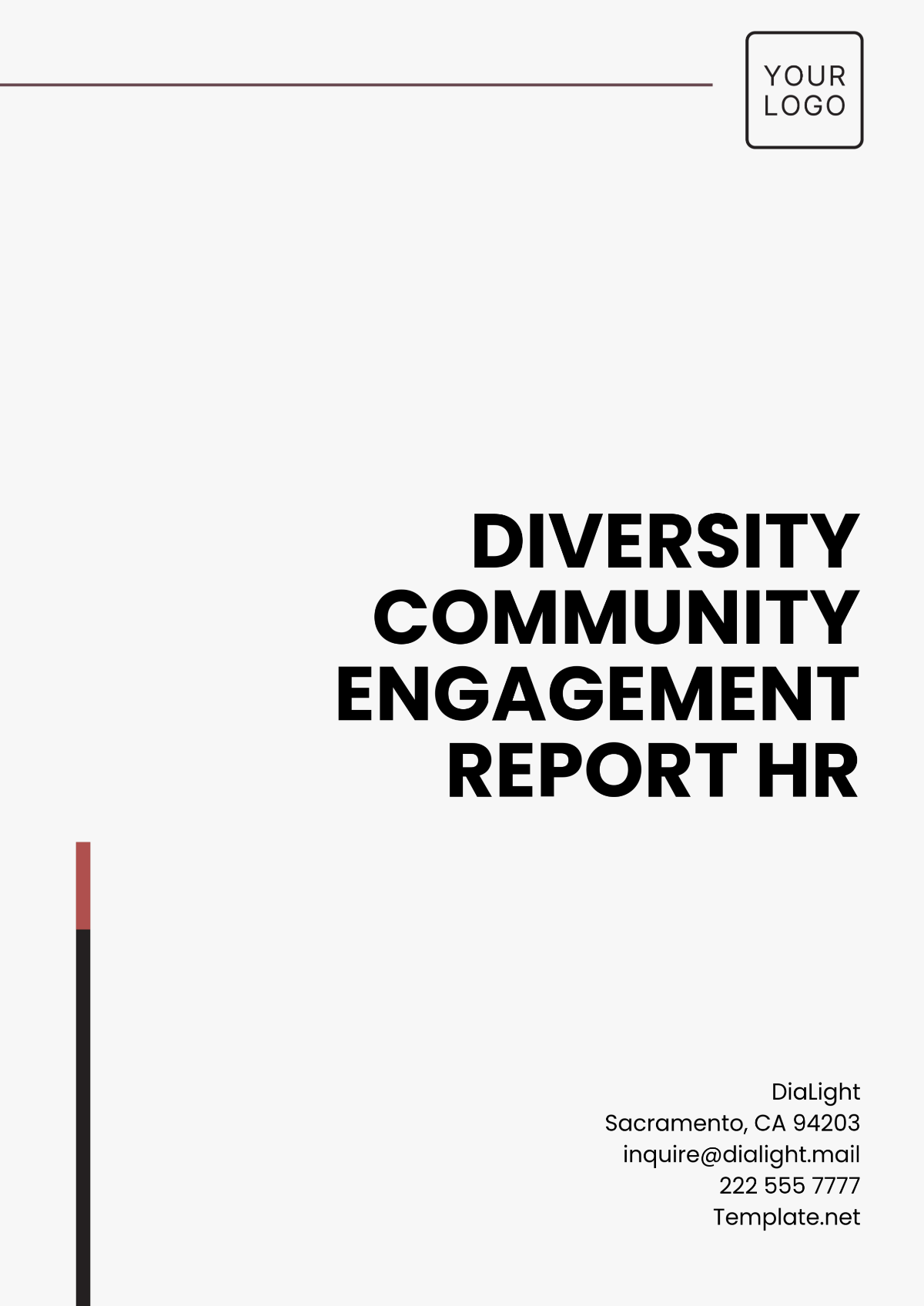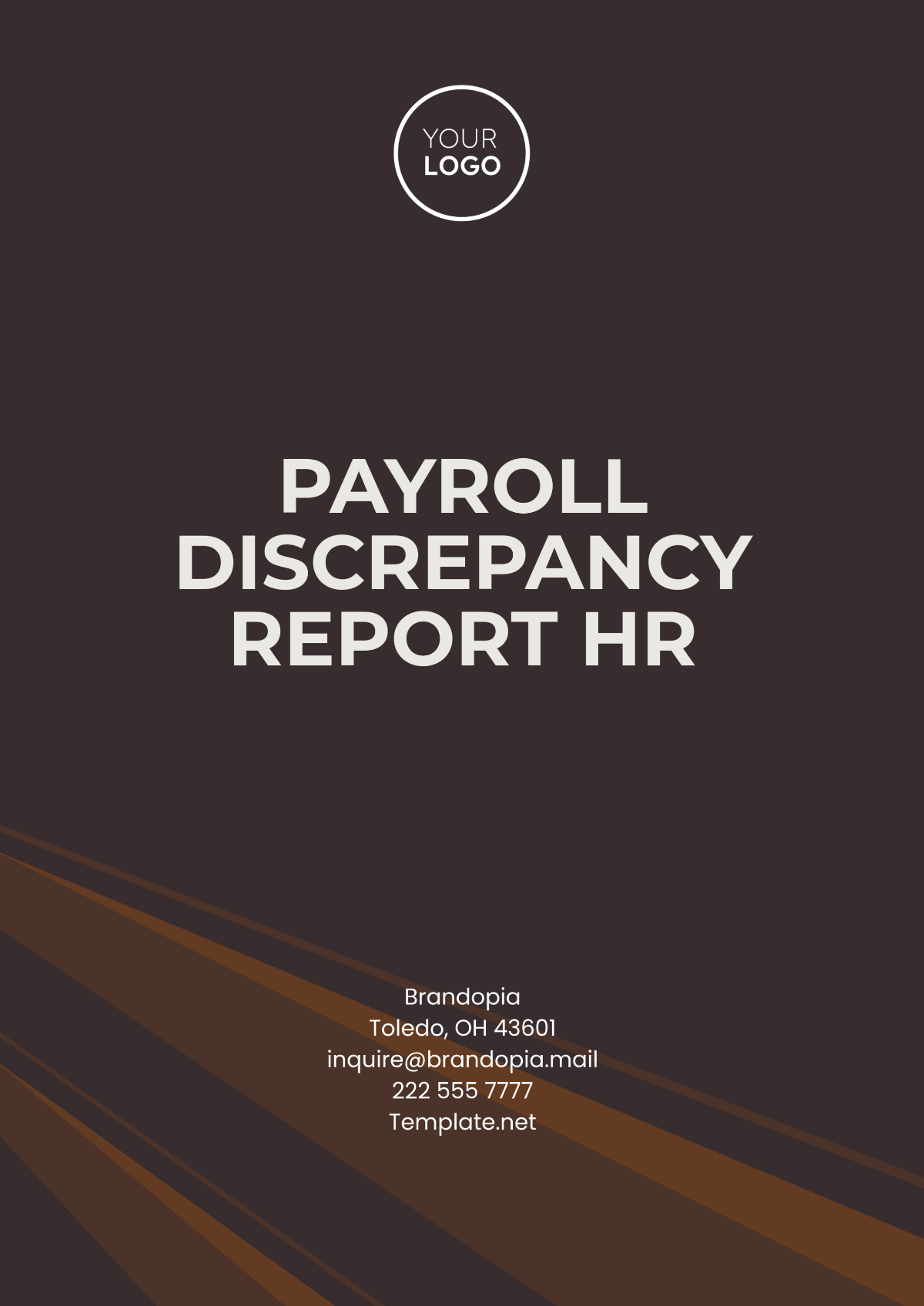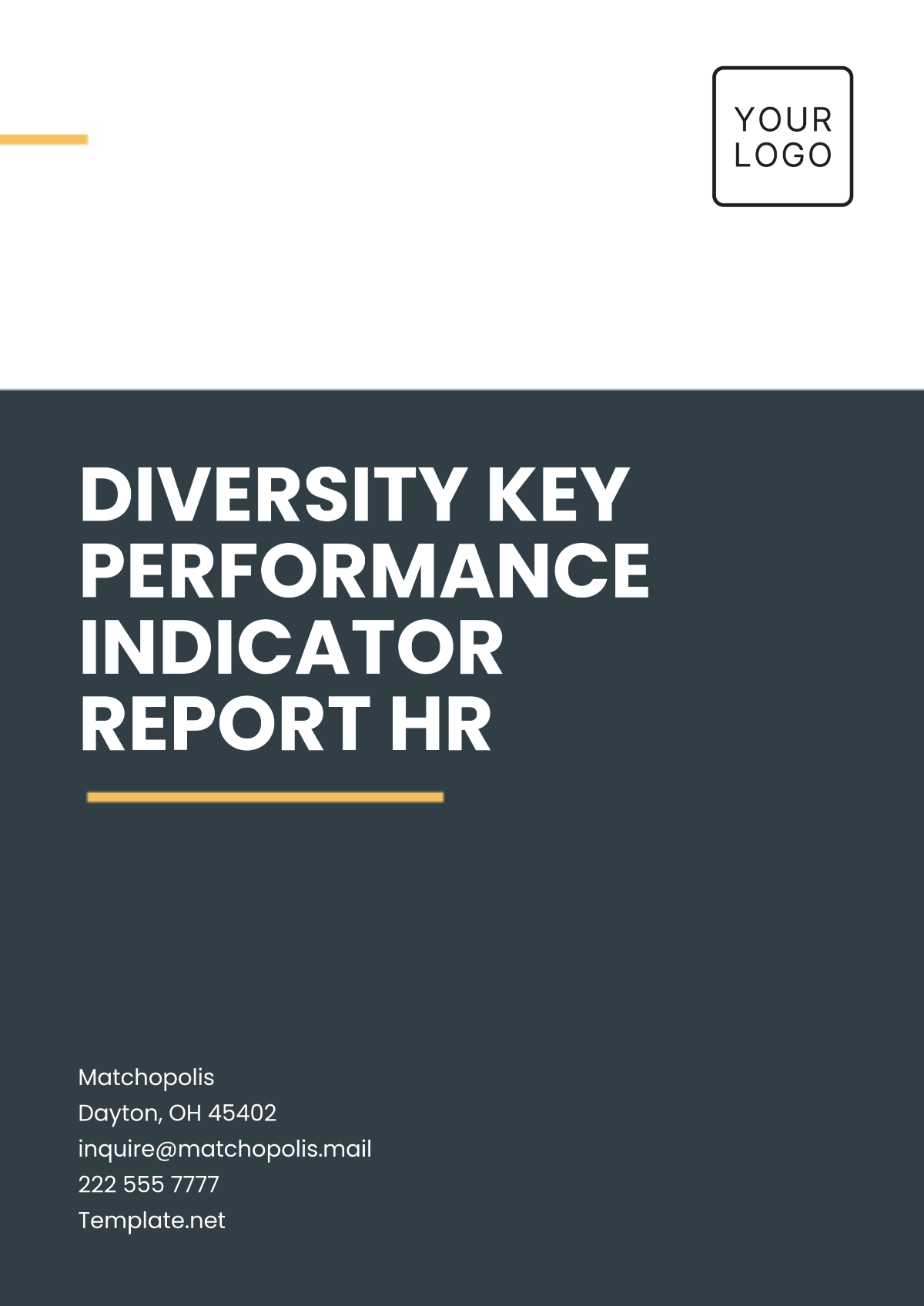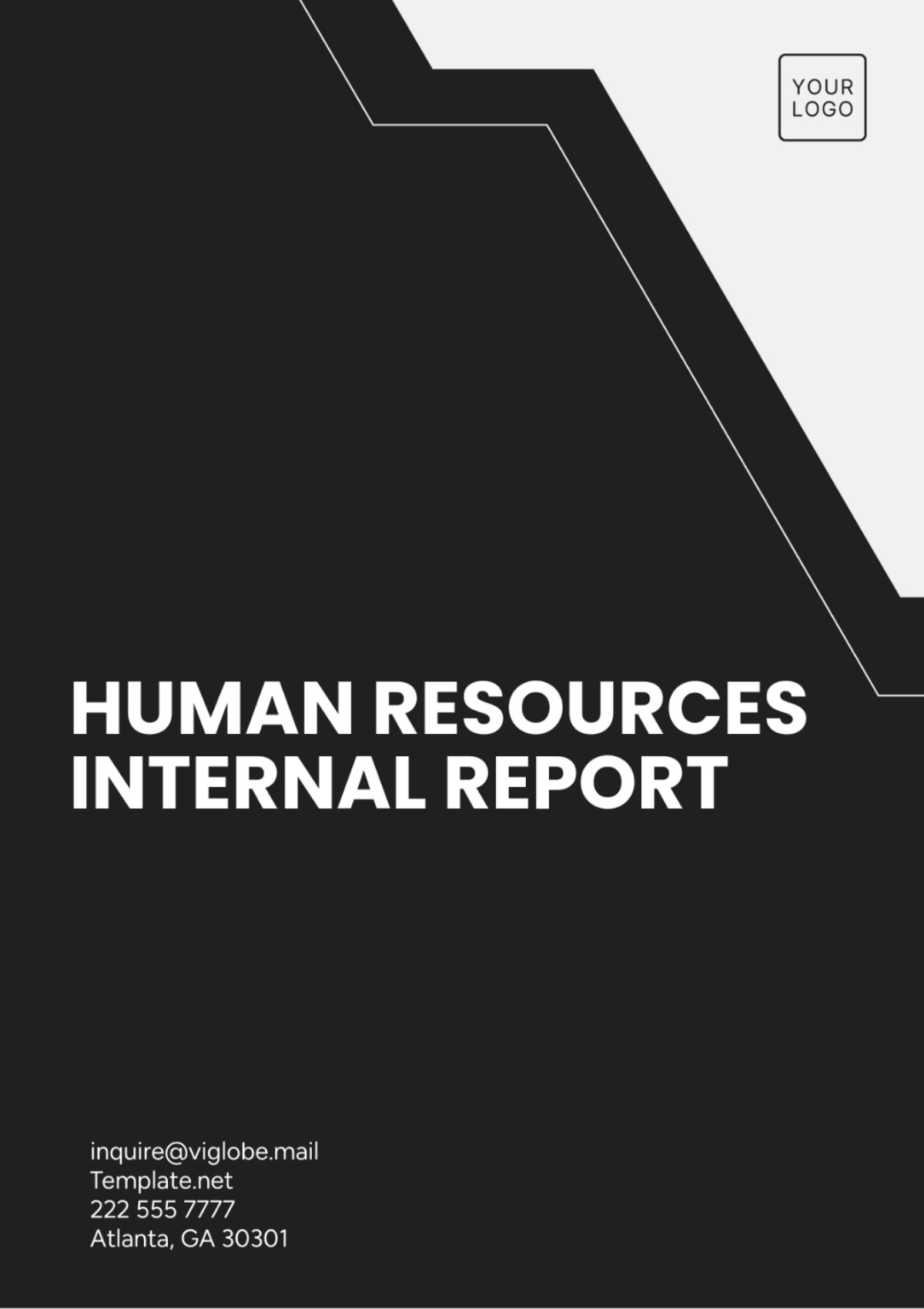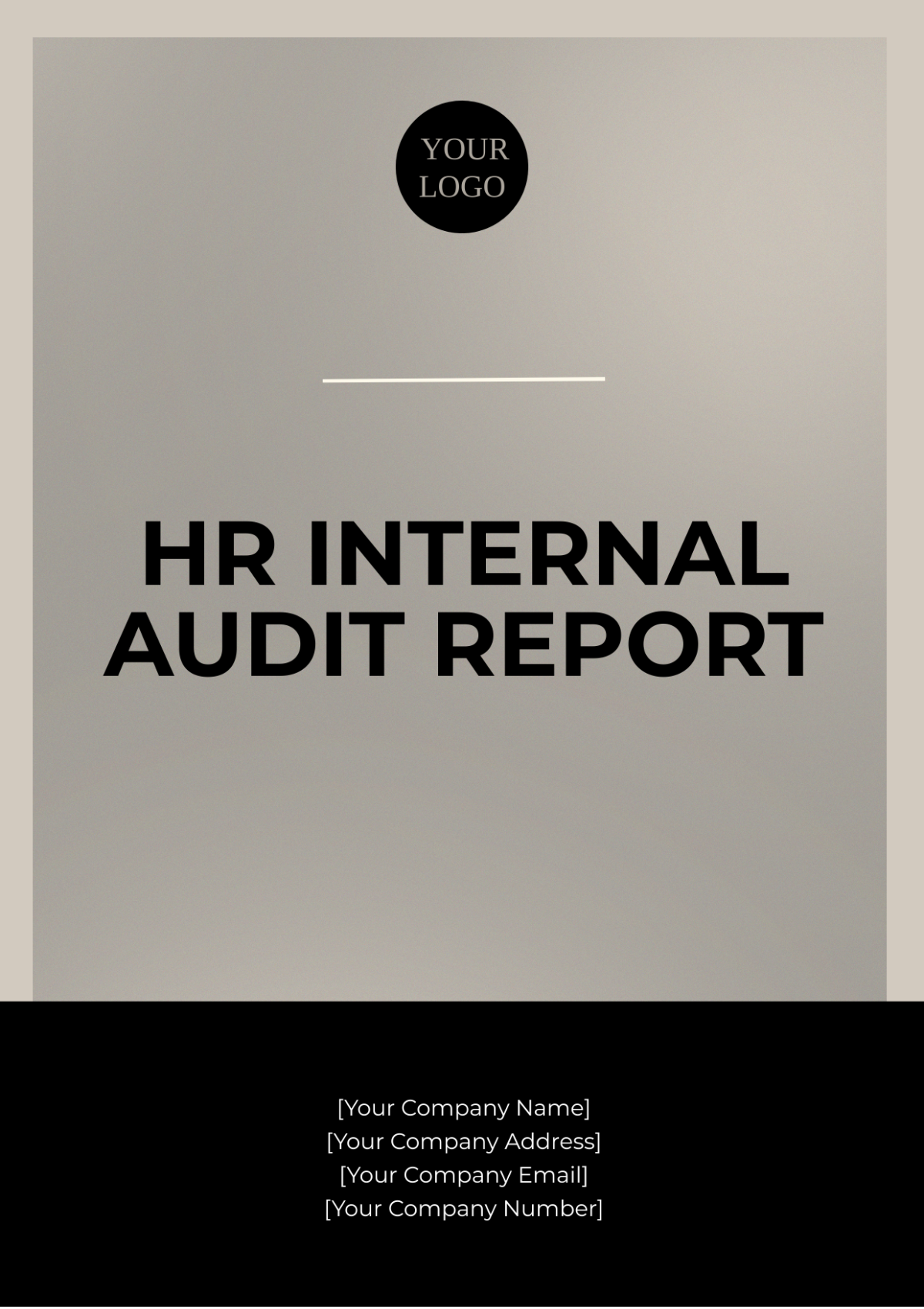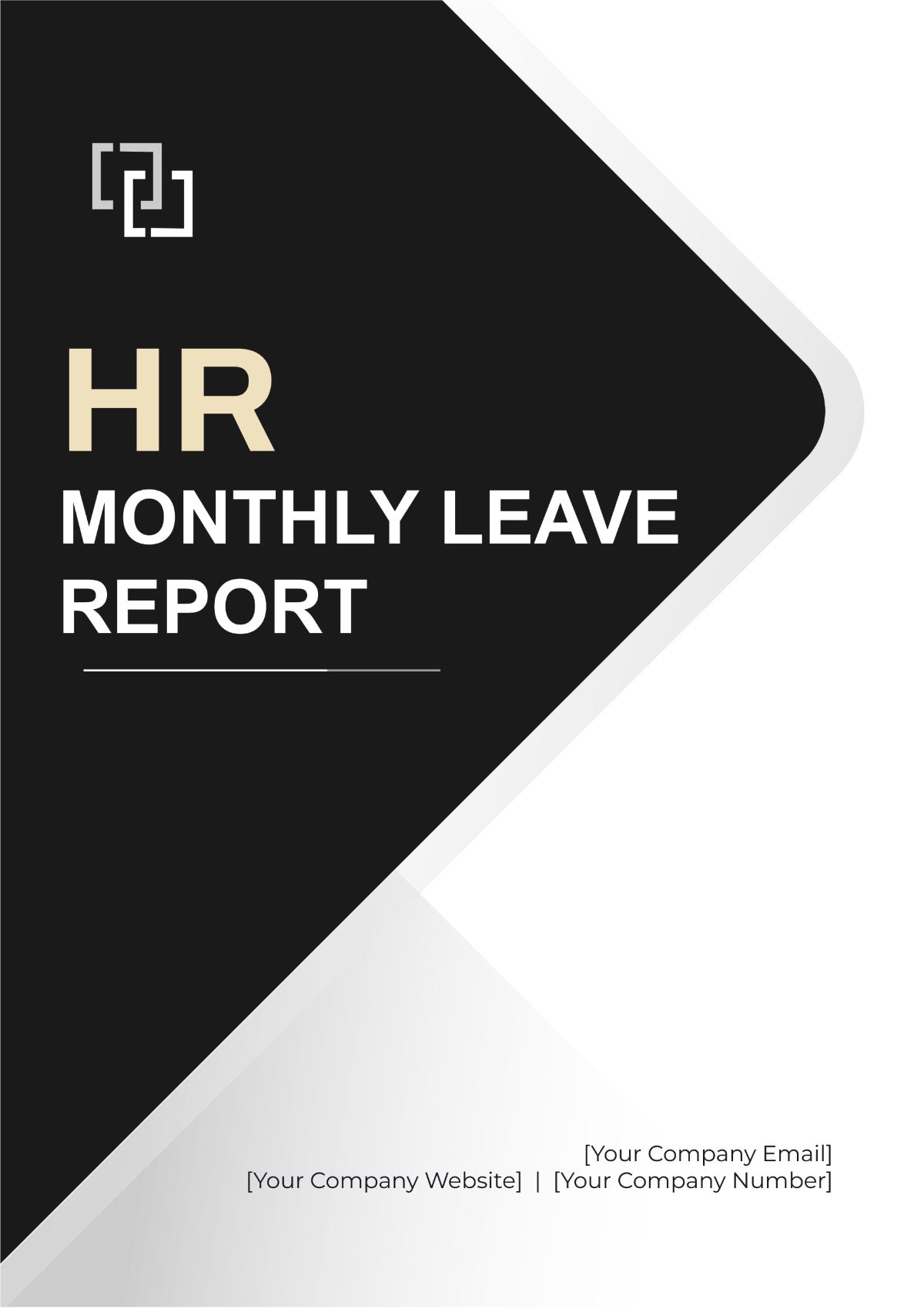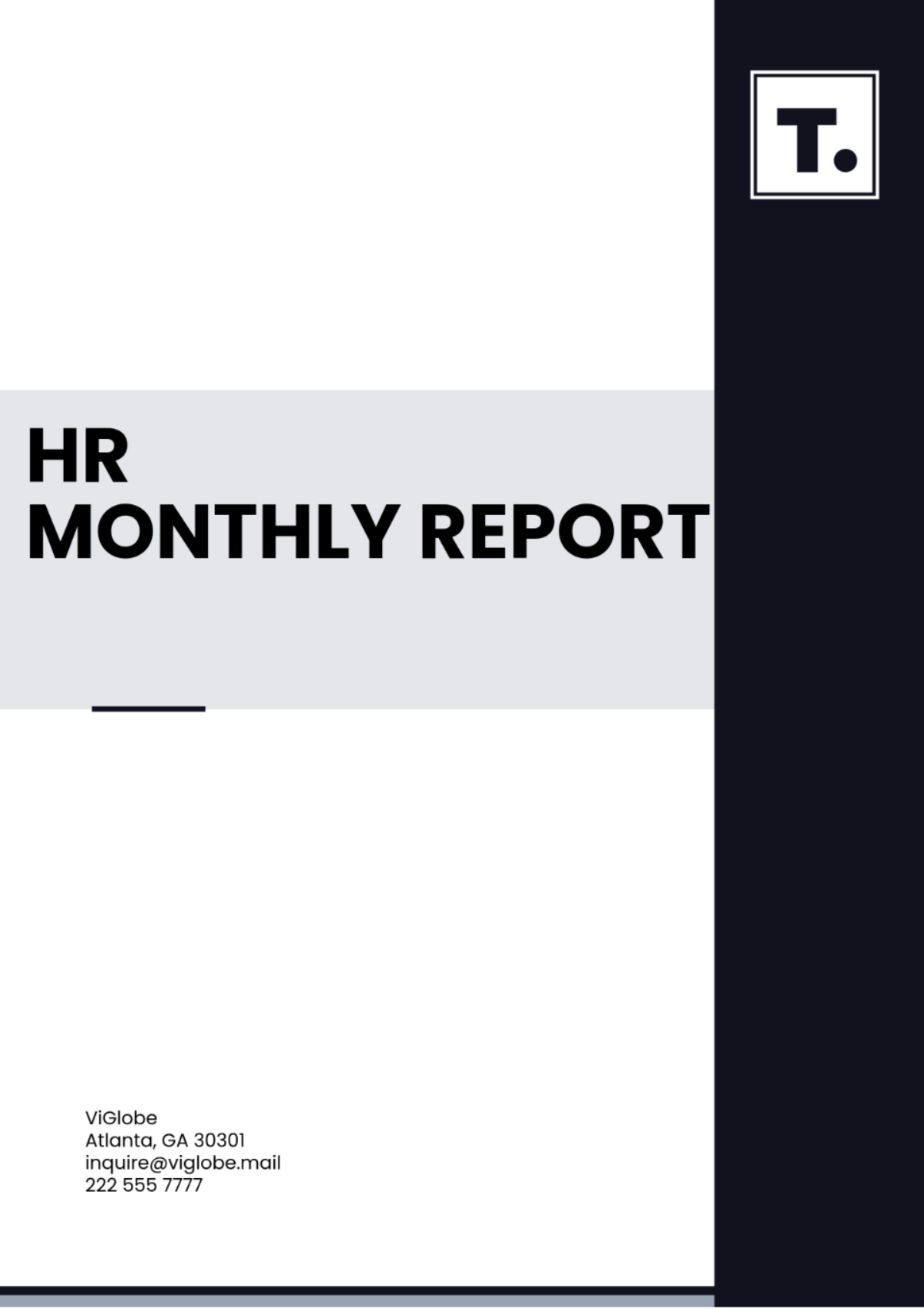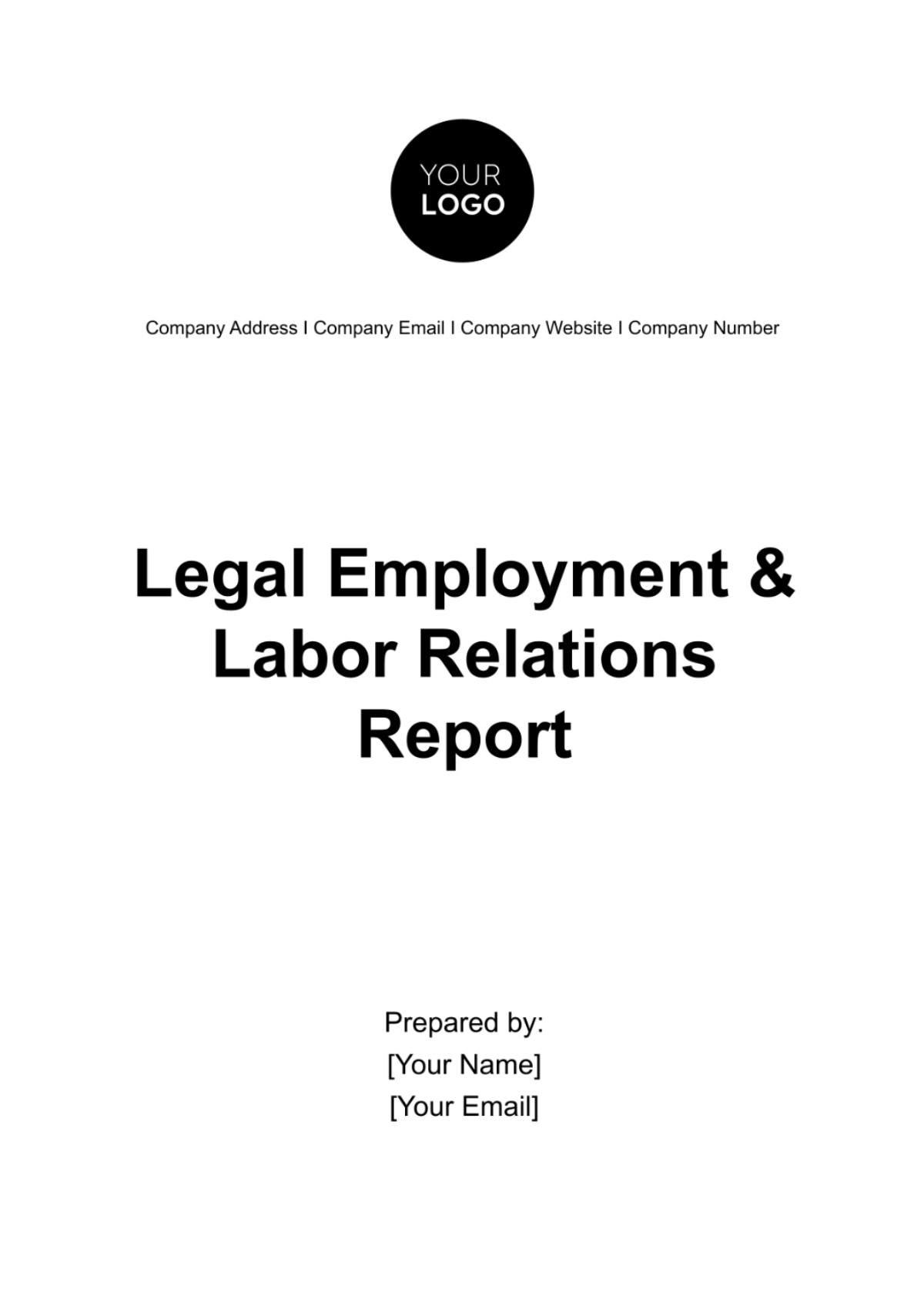Benefits Usage Report HR
Prepared by: [Your Name]
Company: [Your Company Name]
Date: [Insert Date]
Introduction
The Benefits Usage Report aims to provide a comprehensive analysis of the utilization of employee benefits within the organization. This report will help the Human Resources (HR) department in assessing the current benefits strategy and identify areas for improvement. The data collected covers the fiscal year 2050.
Objectives
The primary objectives of this report are:
To analyze the utilization of different employee benefits.
To identify trends in benefits usage.
To evaluate the effectiveness of current benefits offerings.
To provide recommendations for enhancements to the benefits package.
Data Collection Methodology
The data for this report was collected through various channels, including:
Employee surveys conducted semi-annually.
HR database analysis of benefits enrollment and claims.
Focus group discussions with employees from different departments.
Benefits Offered
The organization provides a range of benefits to its employees, categorized as follows:
Category | Benefits |
|---|---|
Health | Medical Insurance, Dental Insurance, Vision Care |
Financial | Retirement Plans, Stock Options, Savings Accounts |
Wellness | Gym Membership, Nutritional Programs, Mental Health Support |
Work-Life Balance | Flexible Working Hours, Remote Work Options, Paid Time Off |
Analysis of Benefits Utilization
Health Benefits
The analysis of health benefits shows a high utilization rate, with medical insurance being the most used benefit. Approximately 85% of employees have enrolled in medical insurance, and 78% have used dental insurance services at least once in the past year.
Financial Benefits
Financial benefits are moderately utilized. Around 60% of employees are enrolled in retirement plans, and about 50% have participated in stock options programs. These numbers suggest a need for increased awareness and education on the value of financial benefits.
Wellness Programs
Wellness programs are gaining traction, with a 40% increase in participation over the last year. Gym membership and mental health support are the most popular, with many employees expressing satisfaction with these offerings.
Work-Life Balance Options
Flexible working hours and remote work options have seen a substantial increase in utilization, especially post-pandemic. Over 70% of employees have taken advantage of remote work opportunities, and 60% have utilized paid time off effectively.
Trends in Benefits Usage
Several trends have emerged from the analysis of benefits usage:
Increased Demand for Wellness Programs: There is a growing interest in mental health and wellness benefits, indicating a shift in employee priorities towards holistic well-being.
Flexible Work Arrangements are Essential: The popularity of remote work and flexible hours highlights the need for policies that support work-life balance.
Financial Literacy Needs: A gap in participation in financial benefits suggests a need for further employee education on financial planning and benefits.
Recommendations
Based on the analysis, the following recommendations are made:
Enhance communication and education around financial benefits to increase participation.
Expand wellness programs to include more mental health and stress management resources.
Continue to foster a flexible work environment by supporting remote work and flexible scheduling.
Conduct regular feedback sessions with employees to better understand their evolving benefits needs.
Conclusion
This Benefits Usage Report provides valuable insights into how employees engage with the benefits offered by the organization. By understanding these patterns, the HR department can tailor its benefits strategy to better meet employee needs, enhance satisfaction, and improve overall organizational effectiveness.
